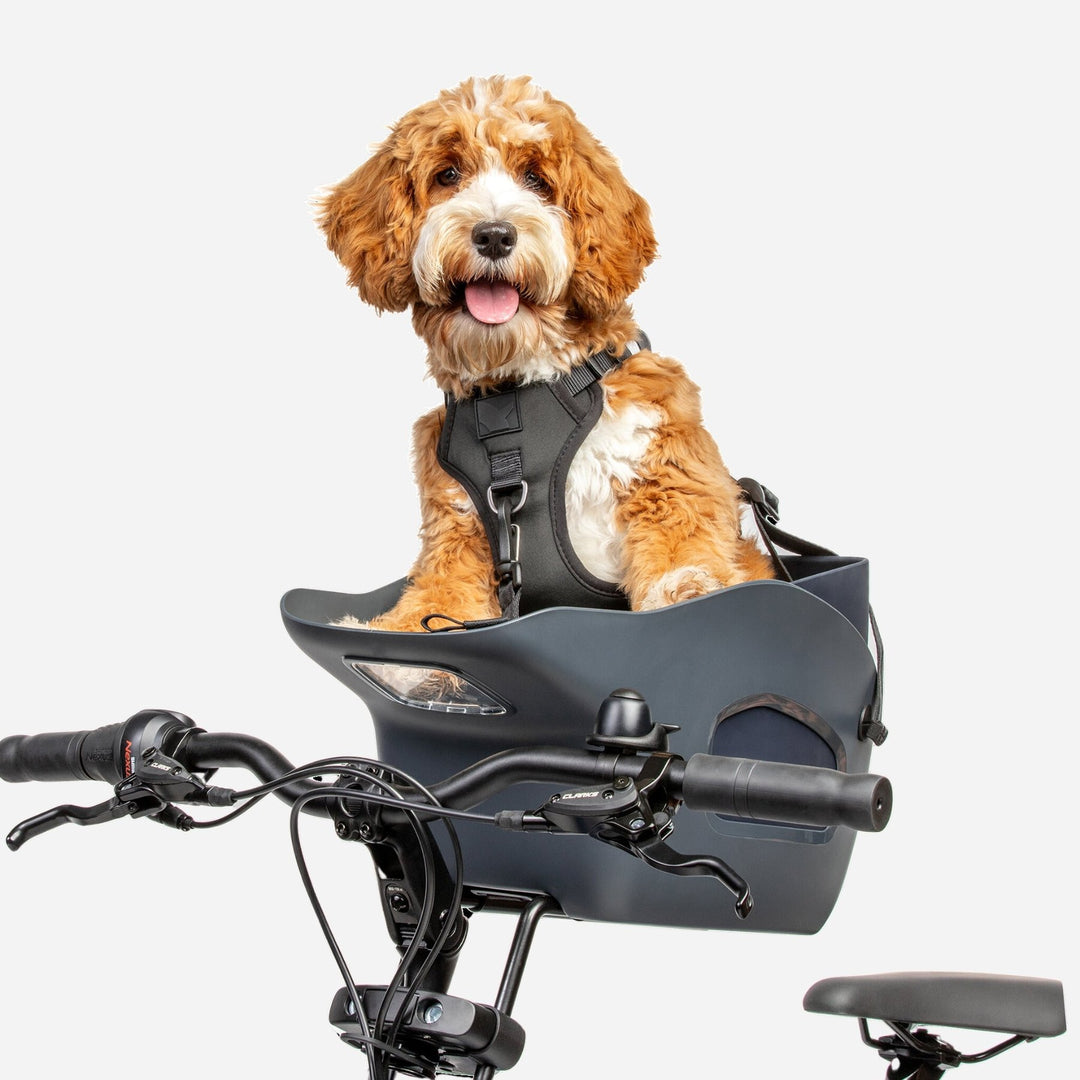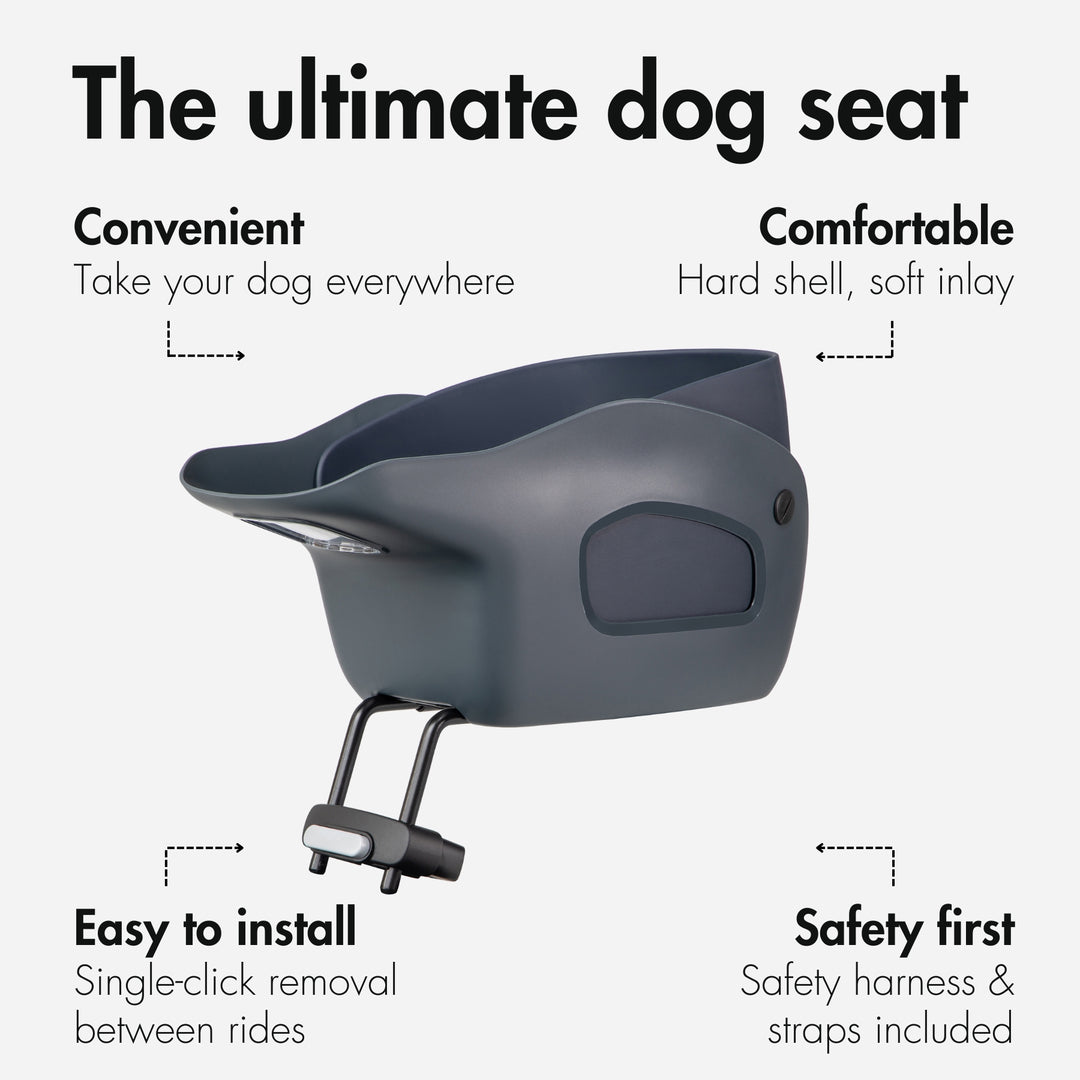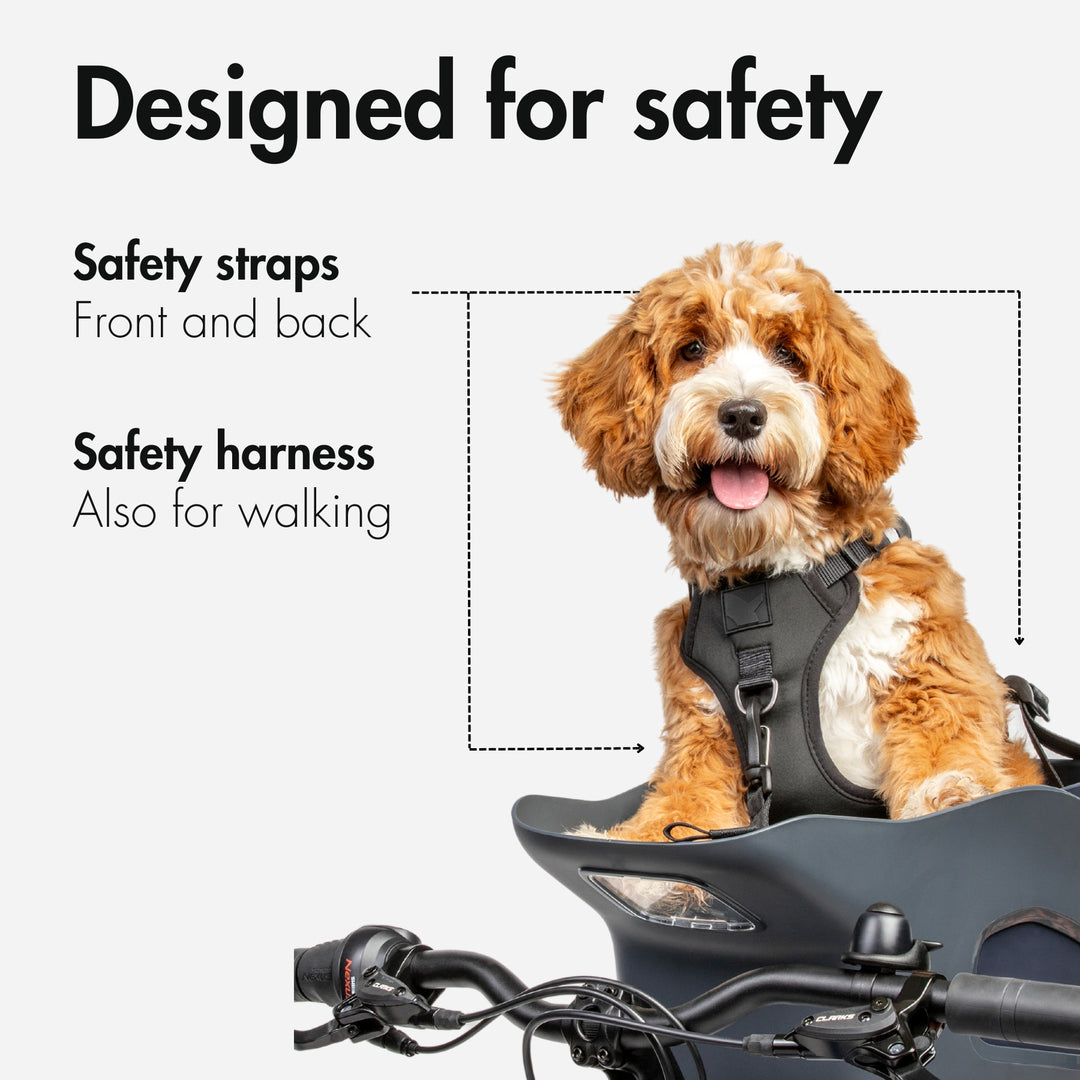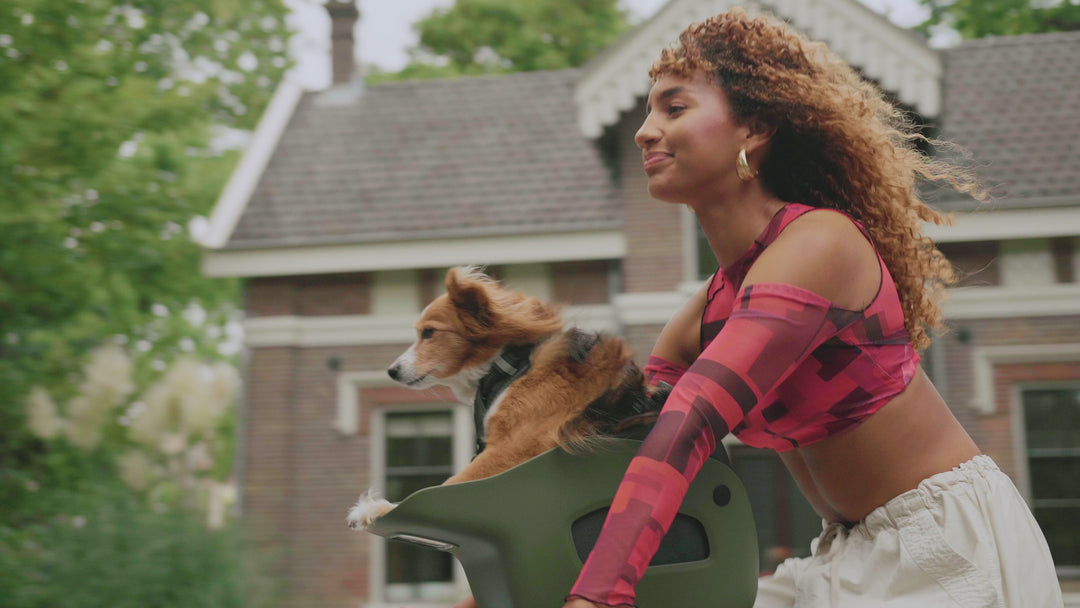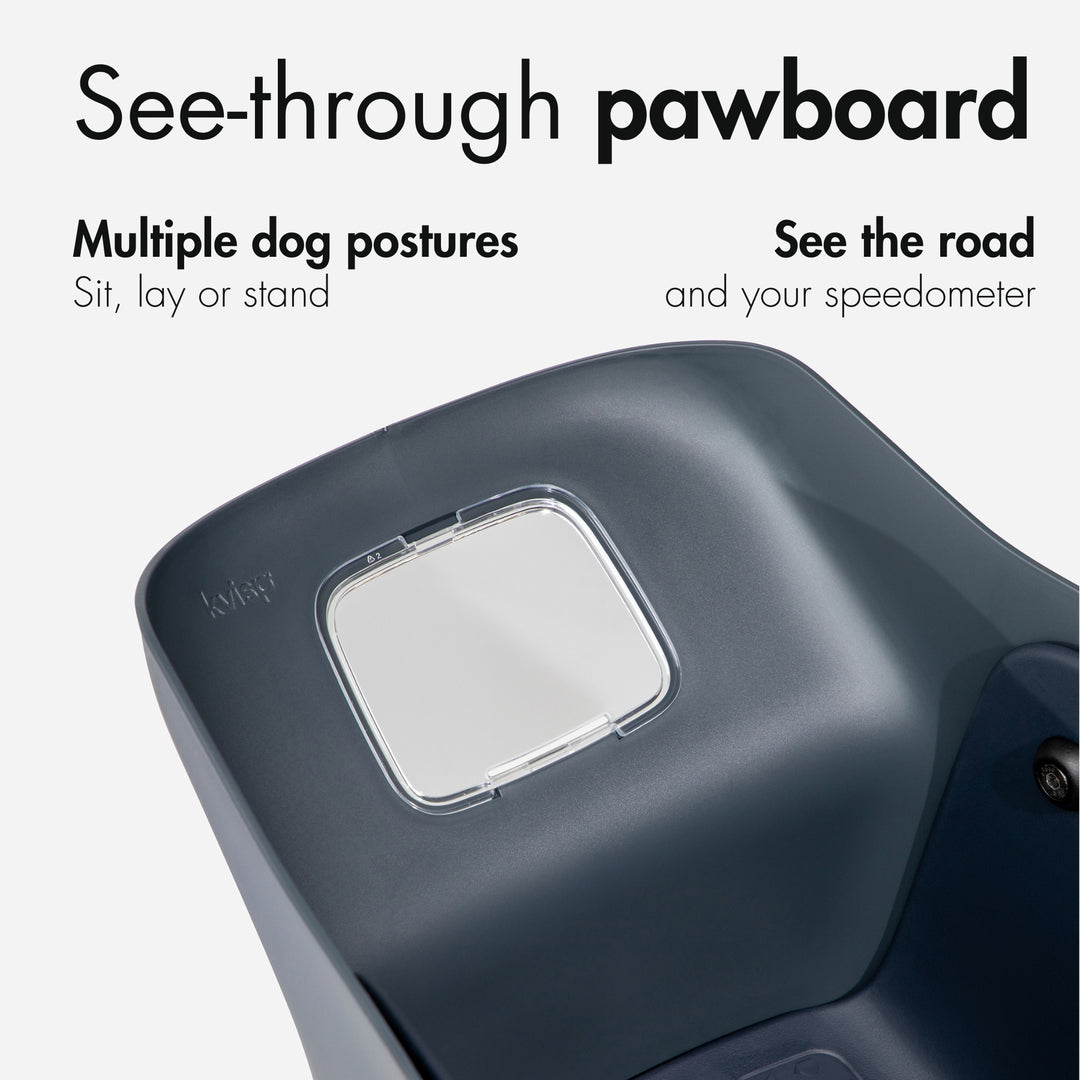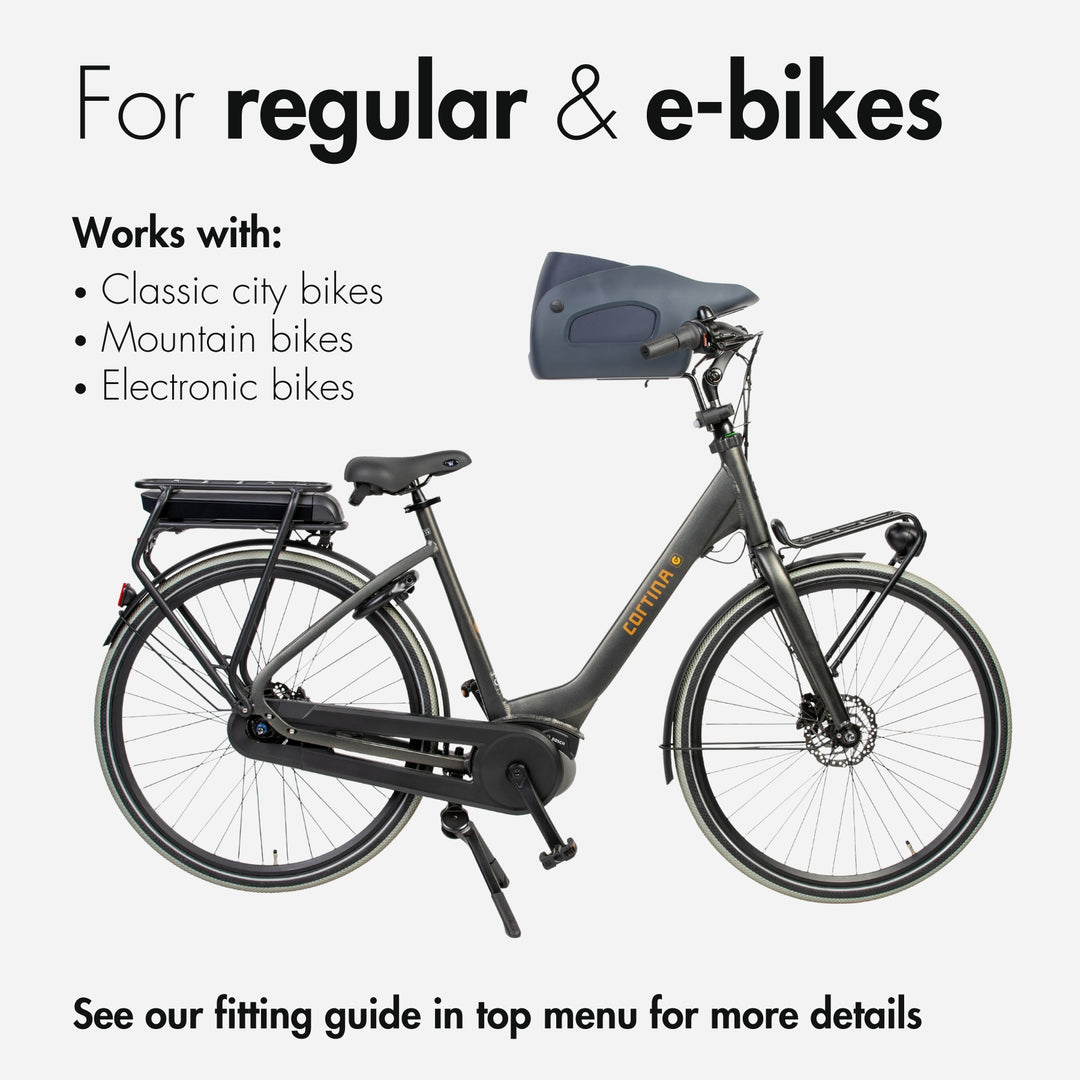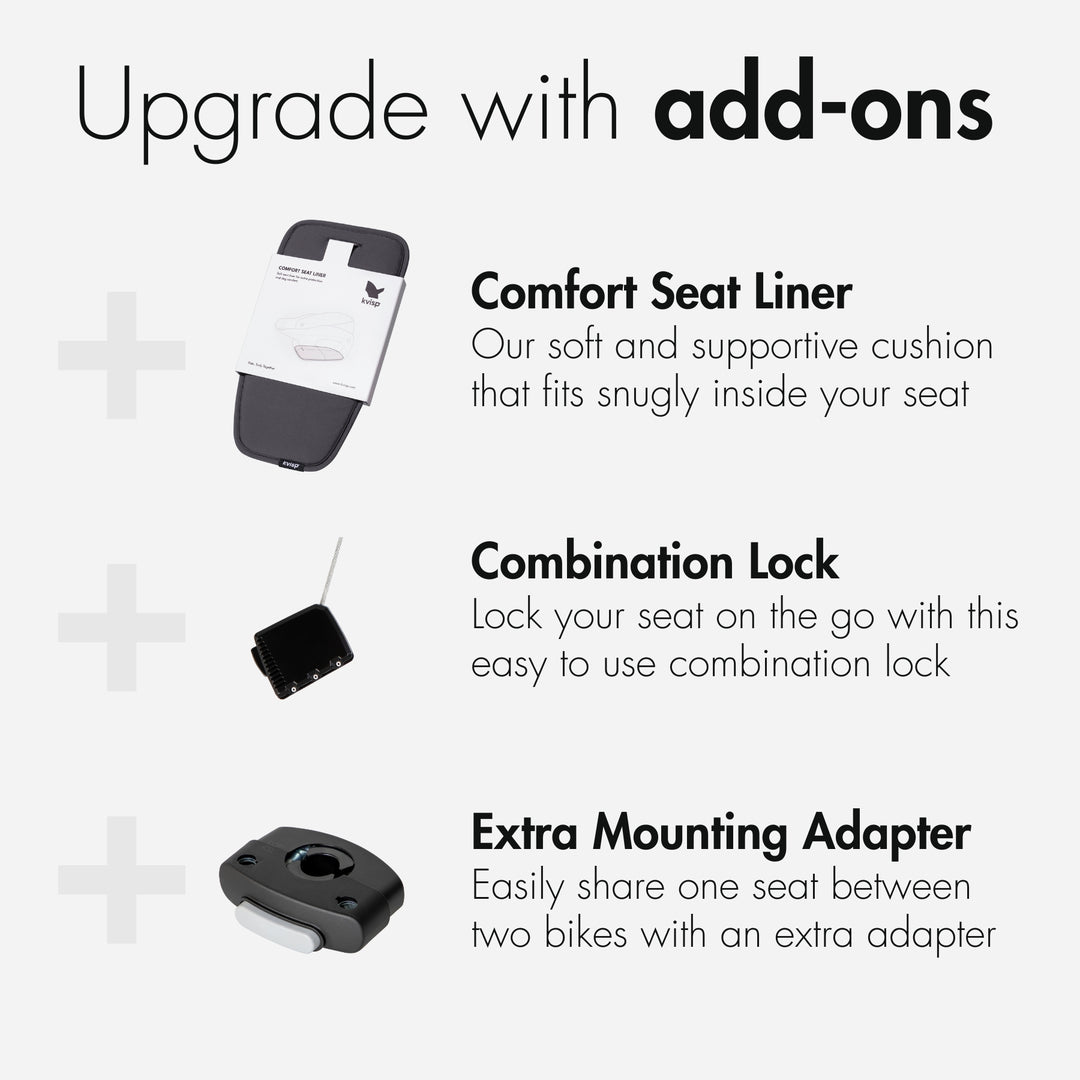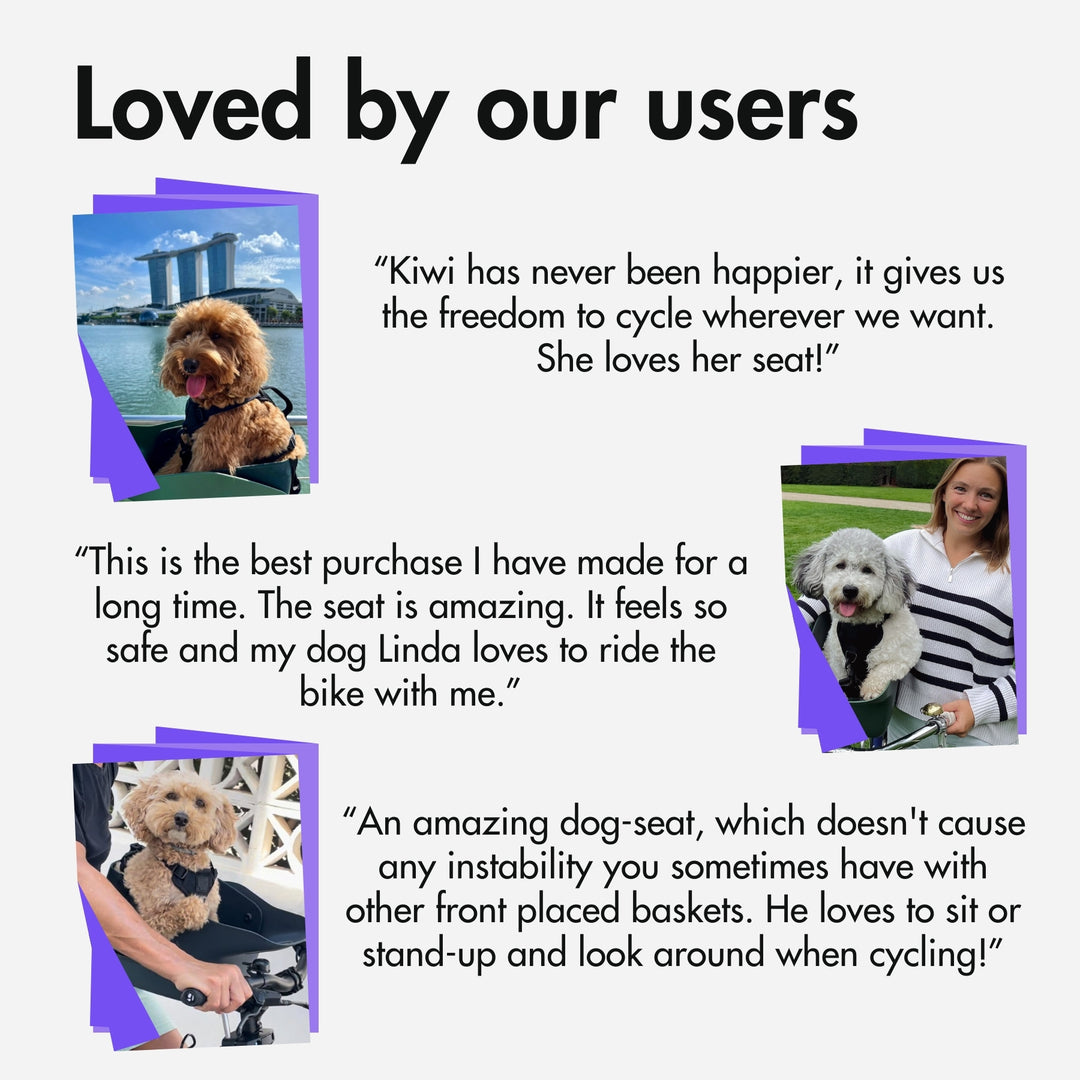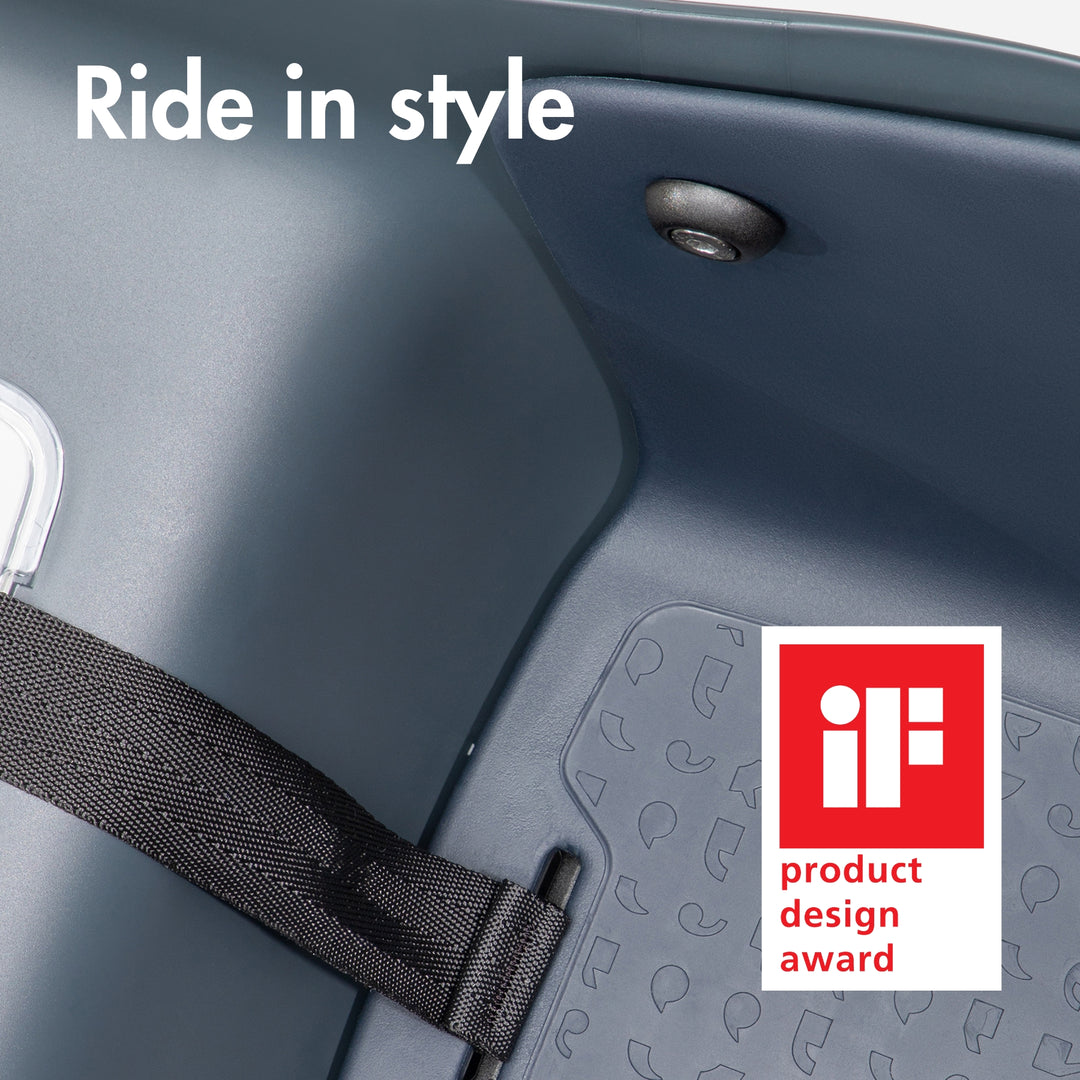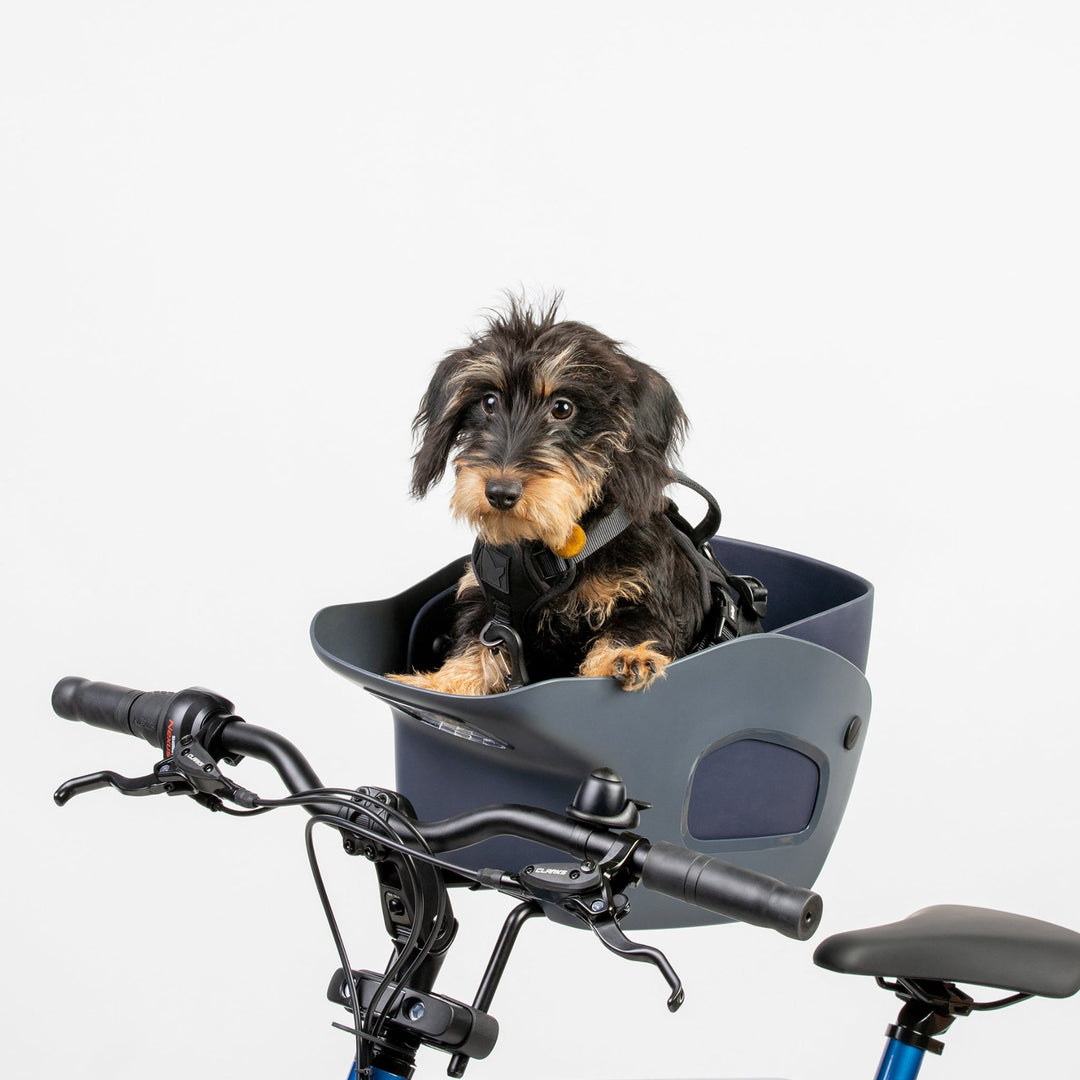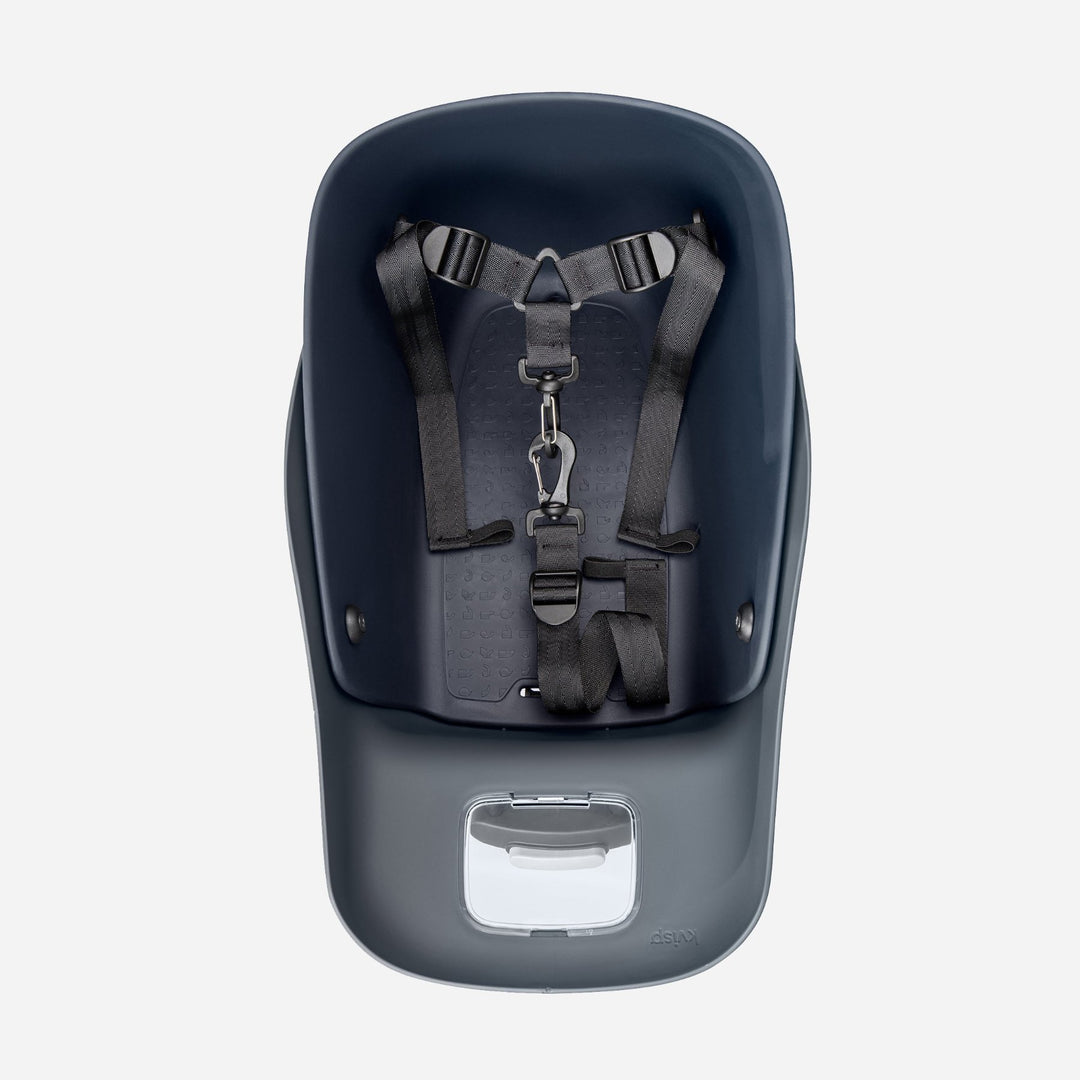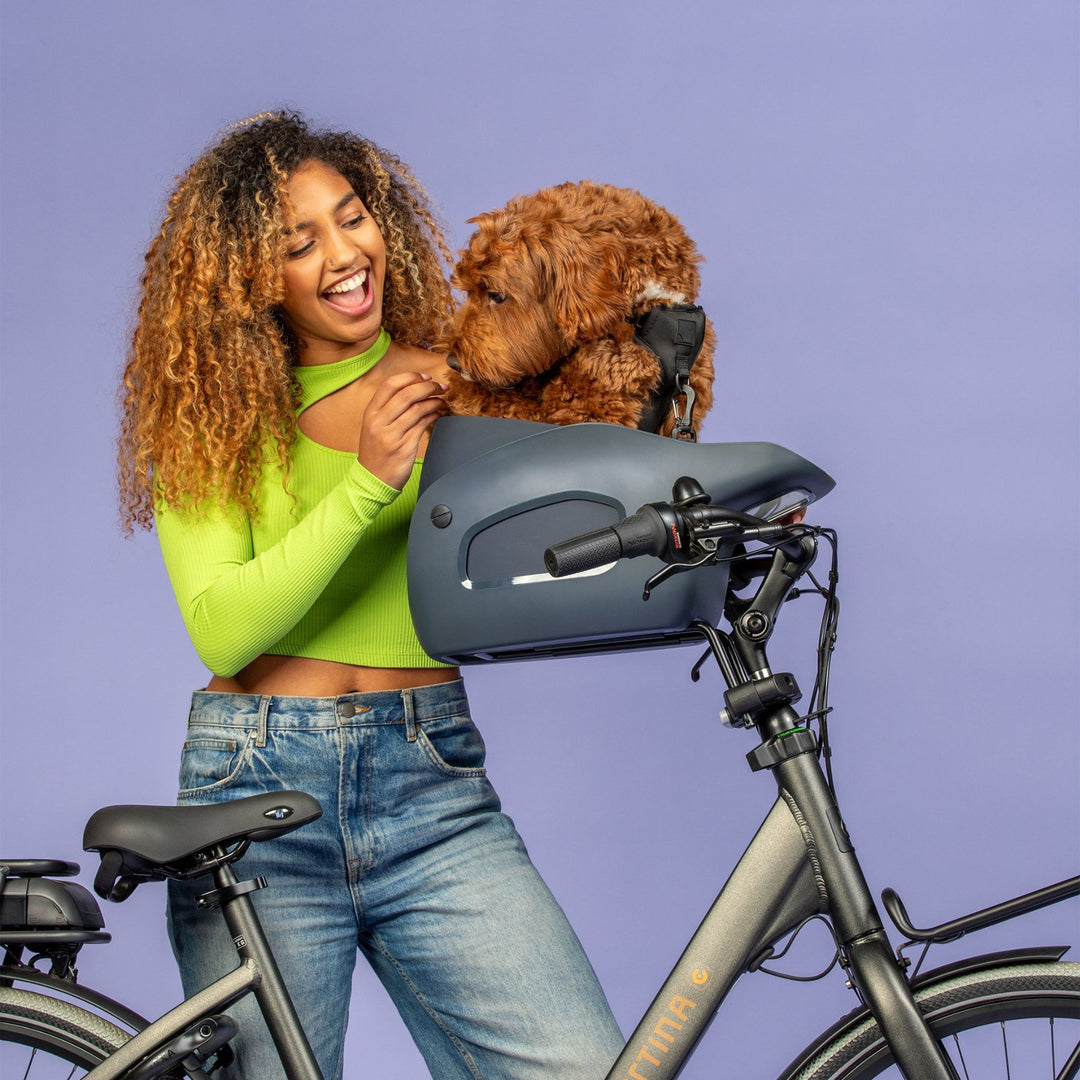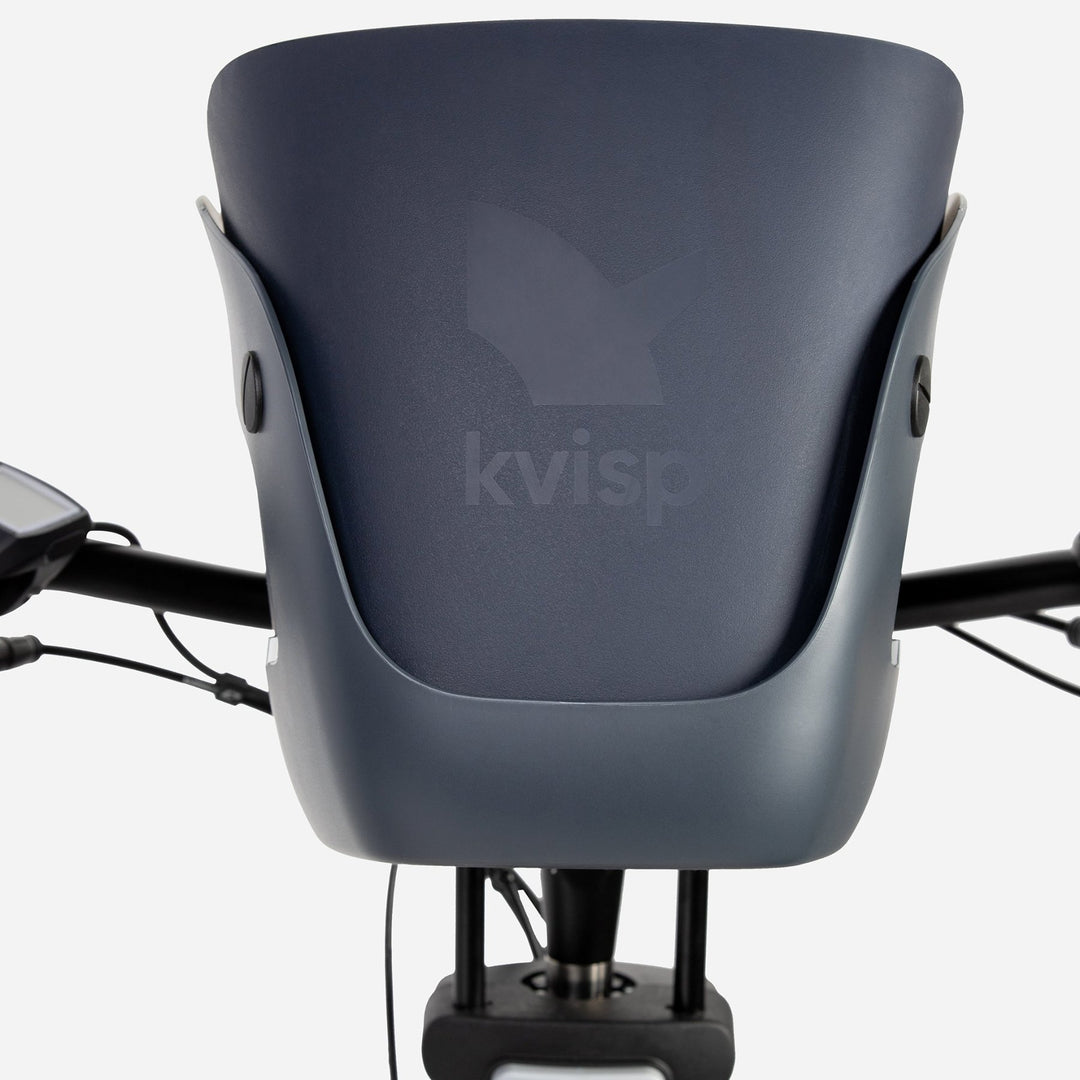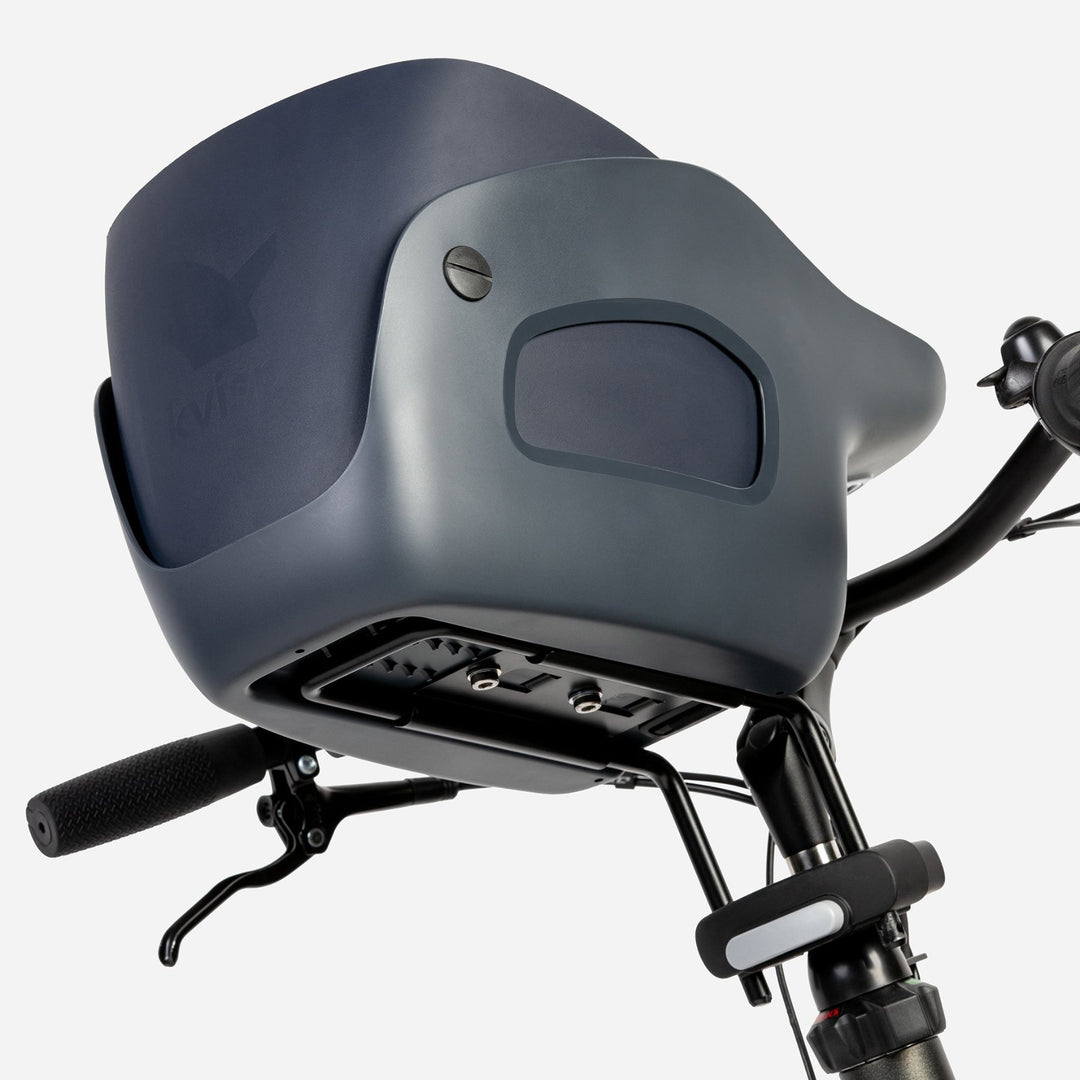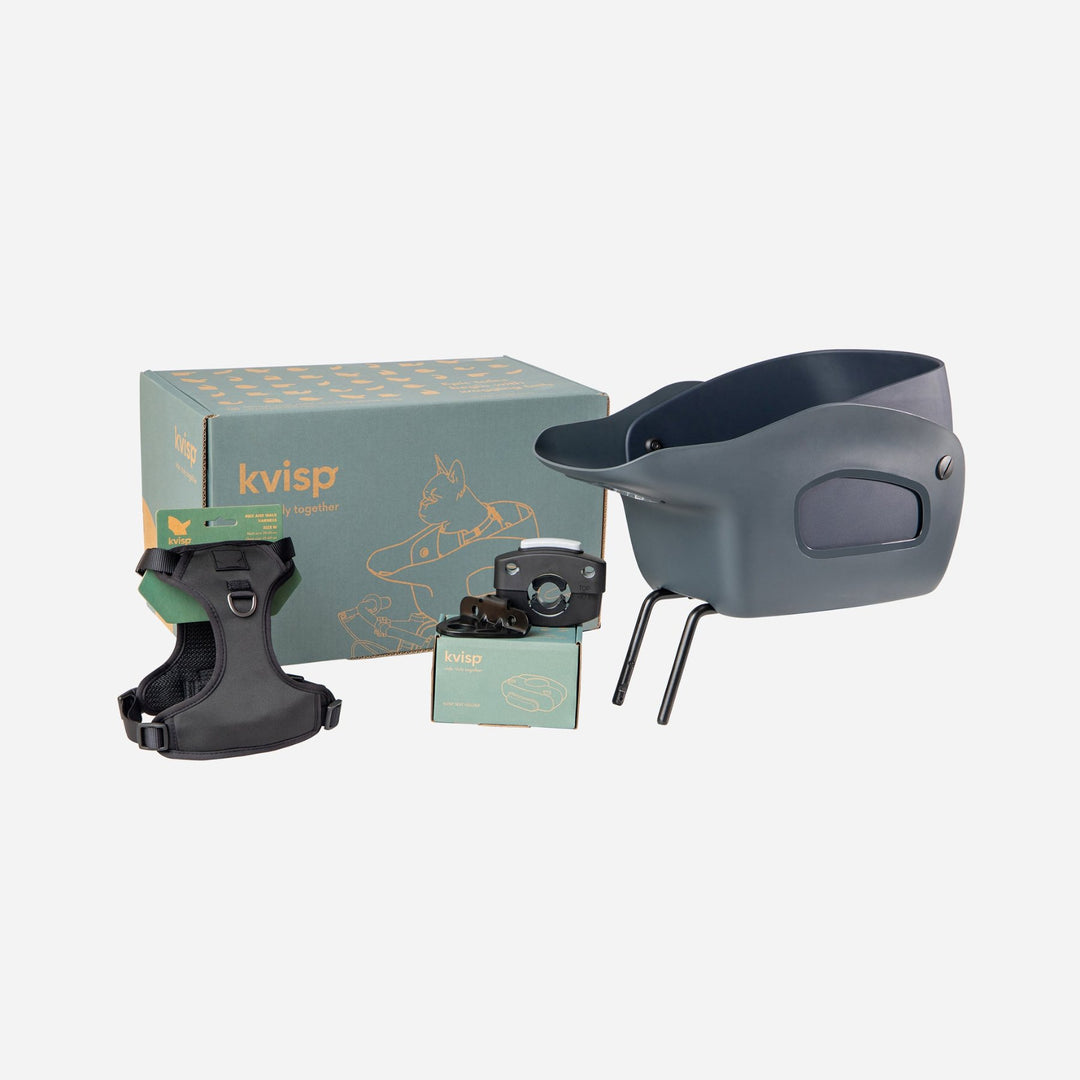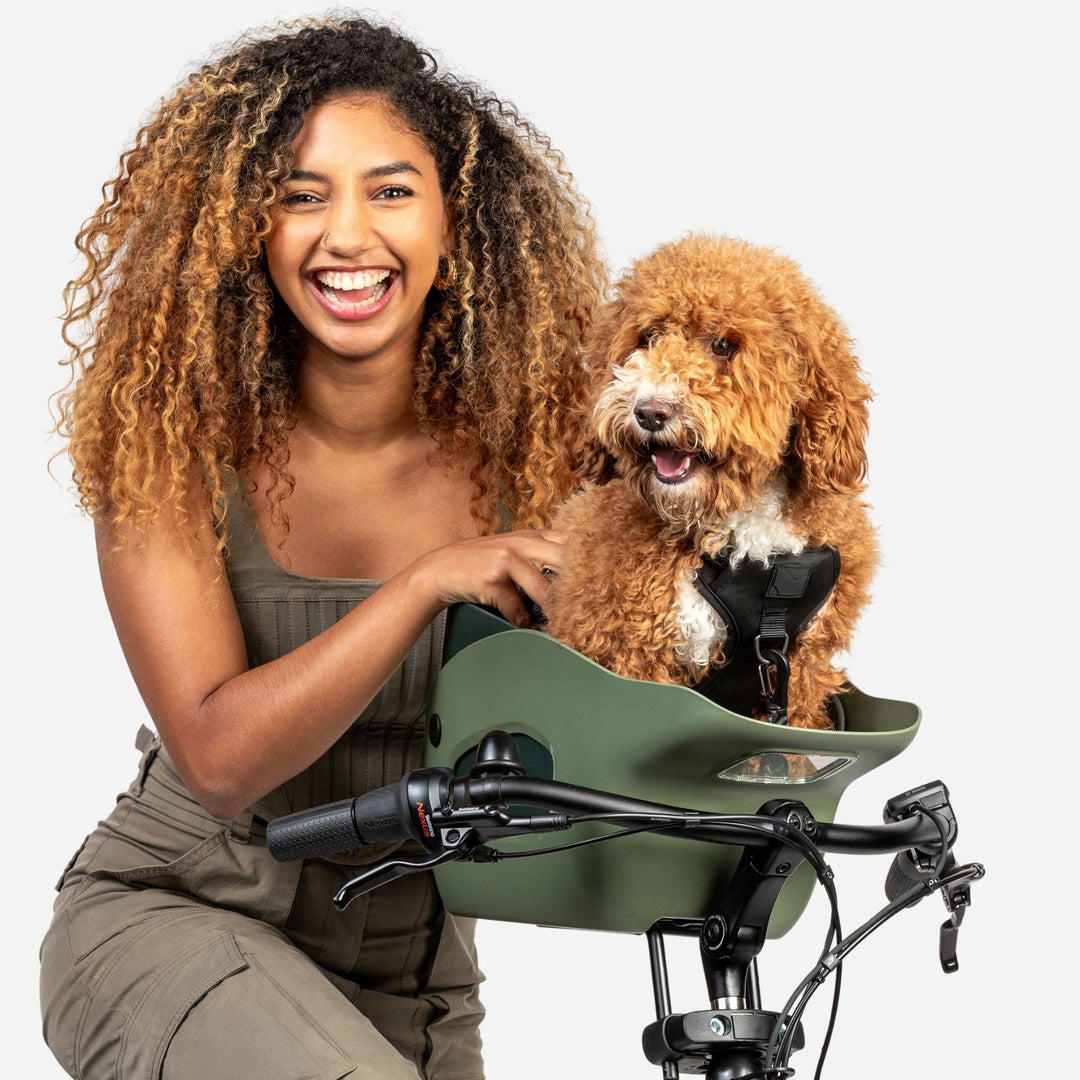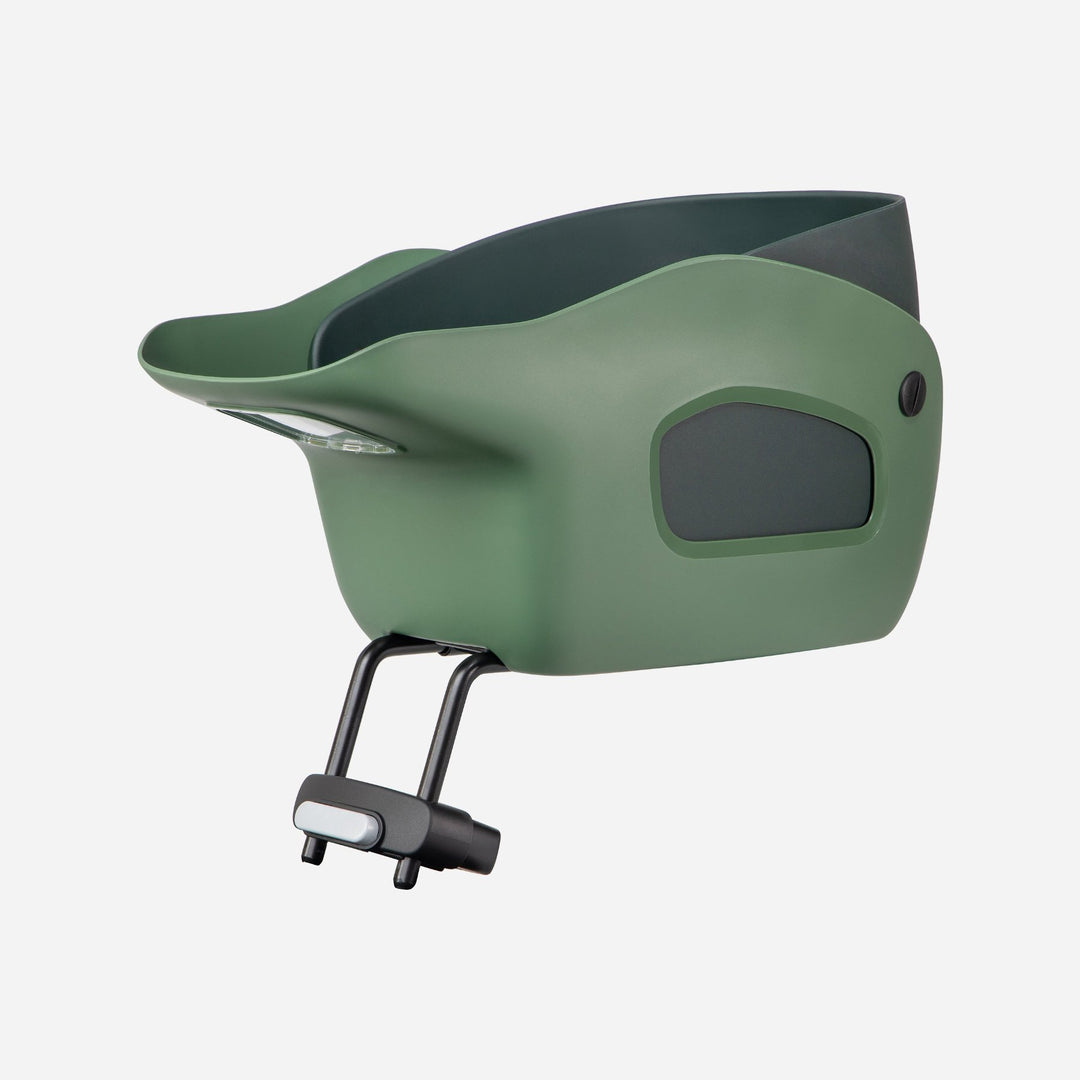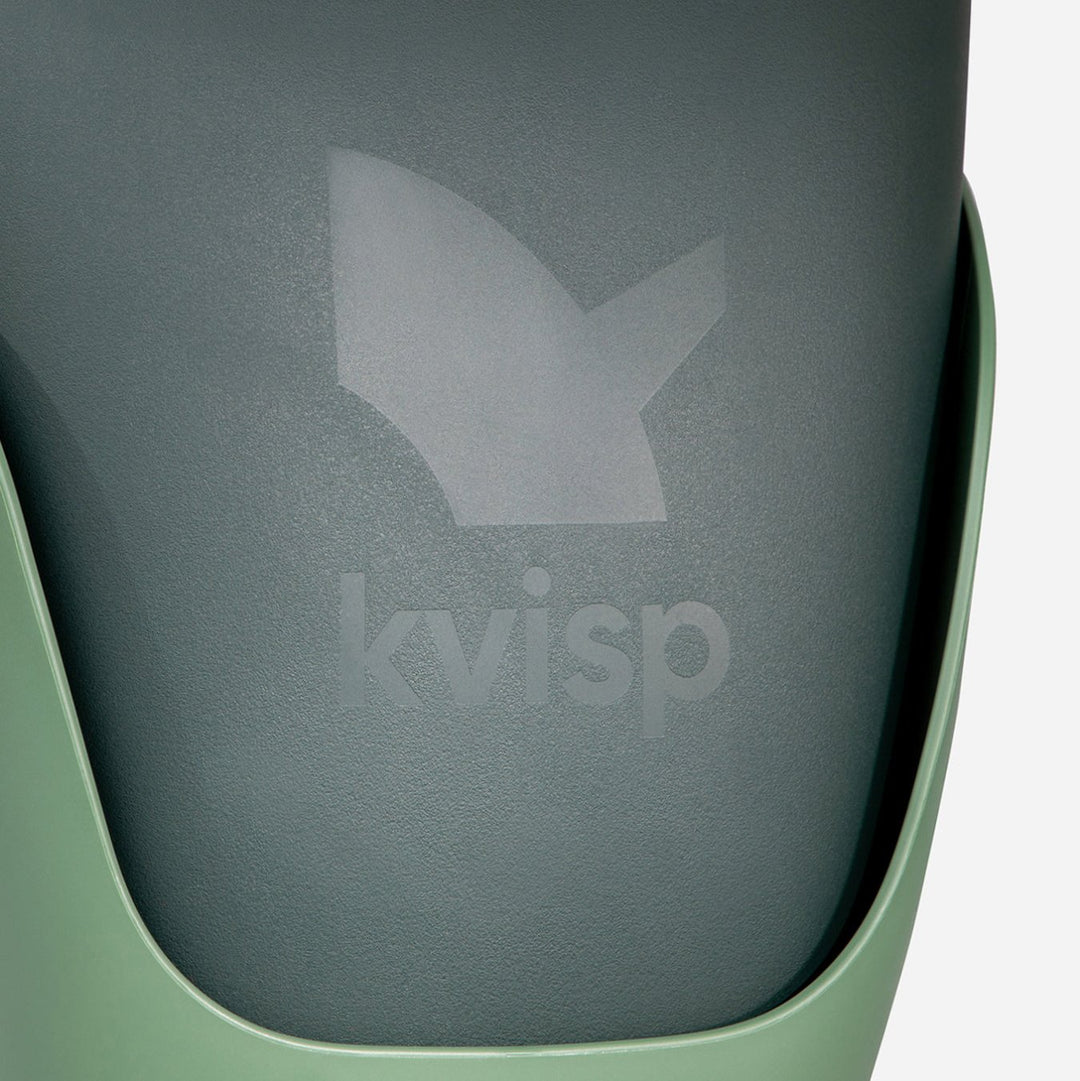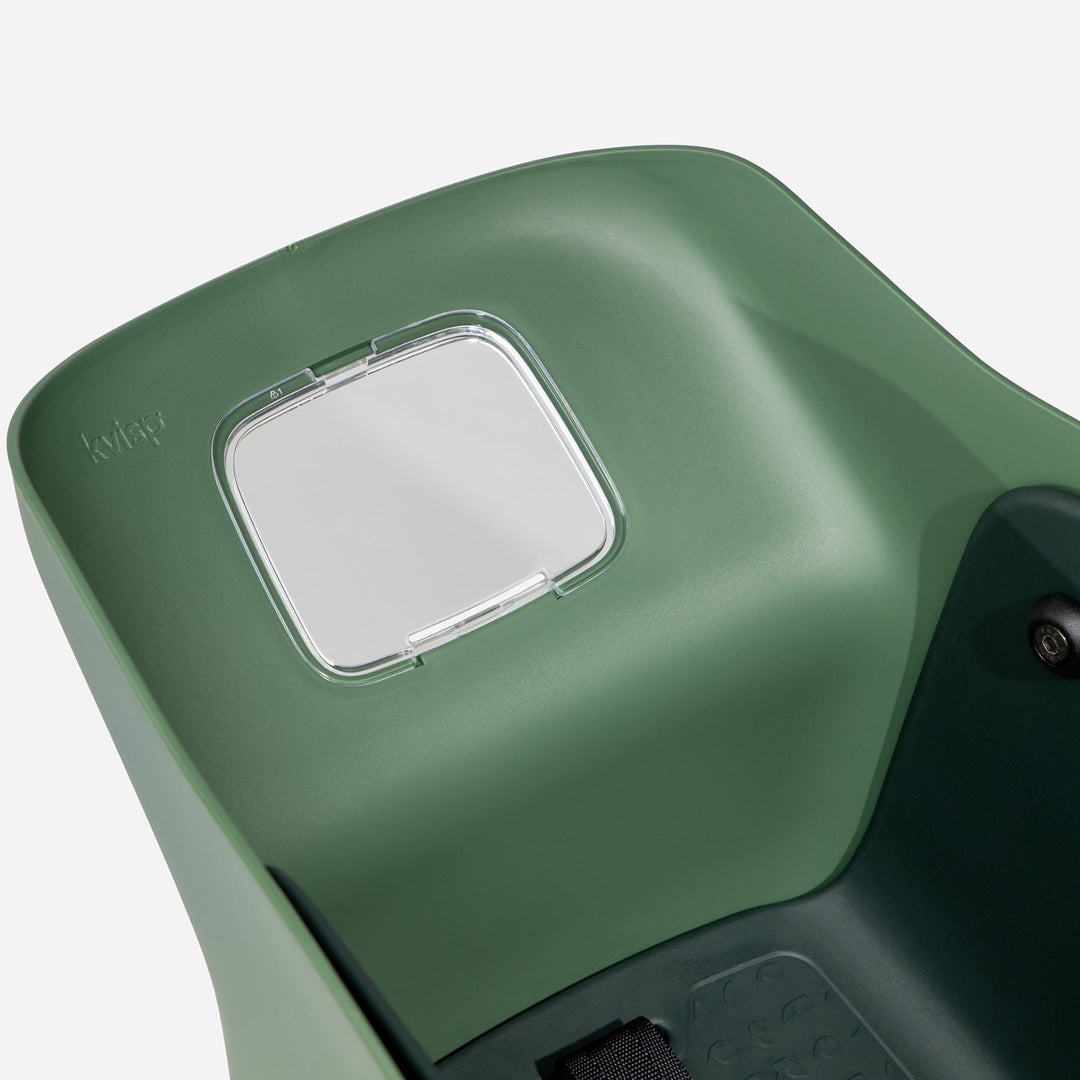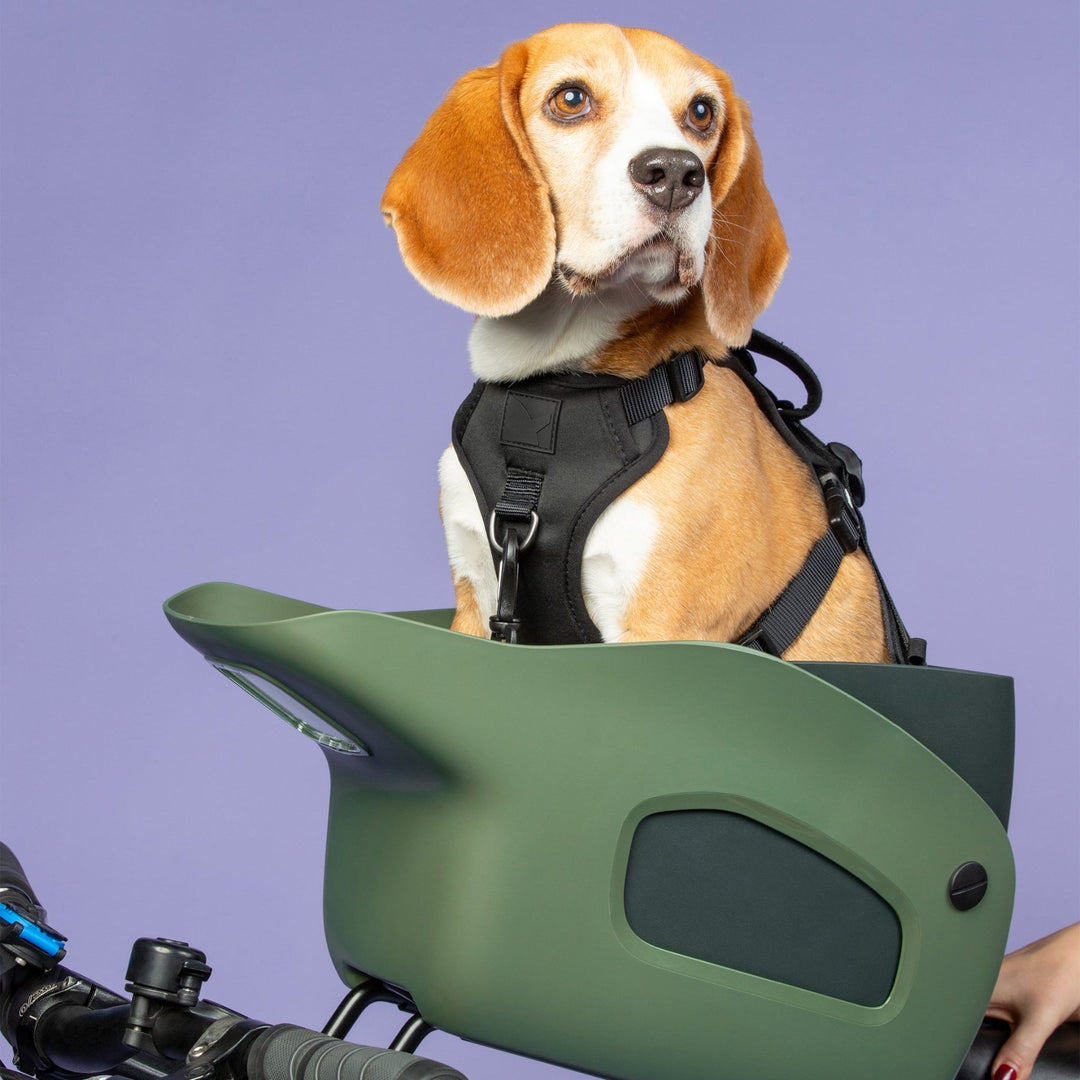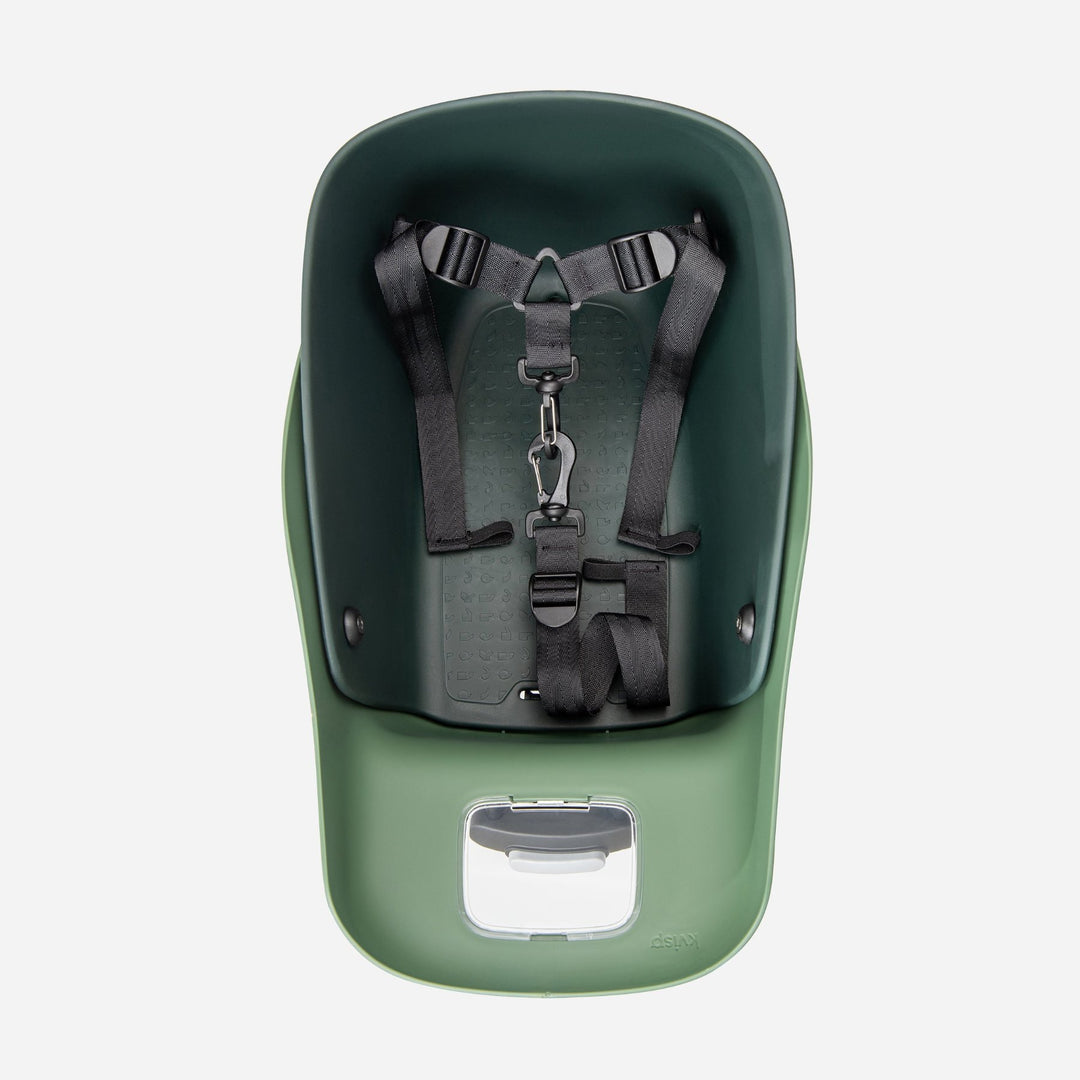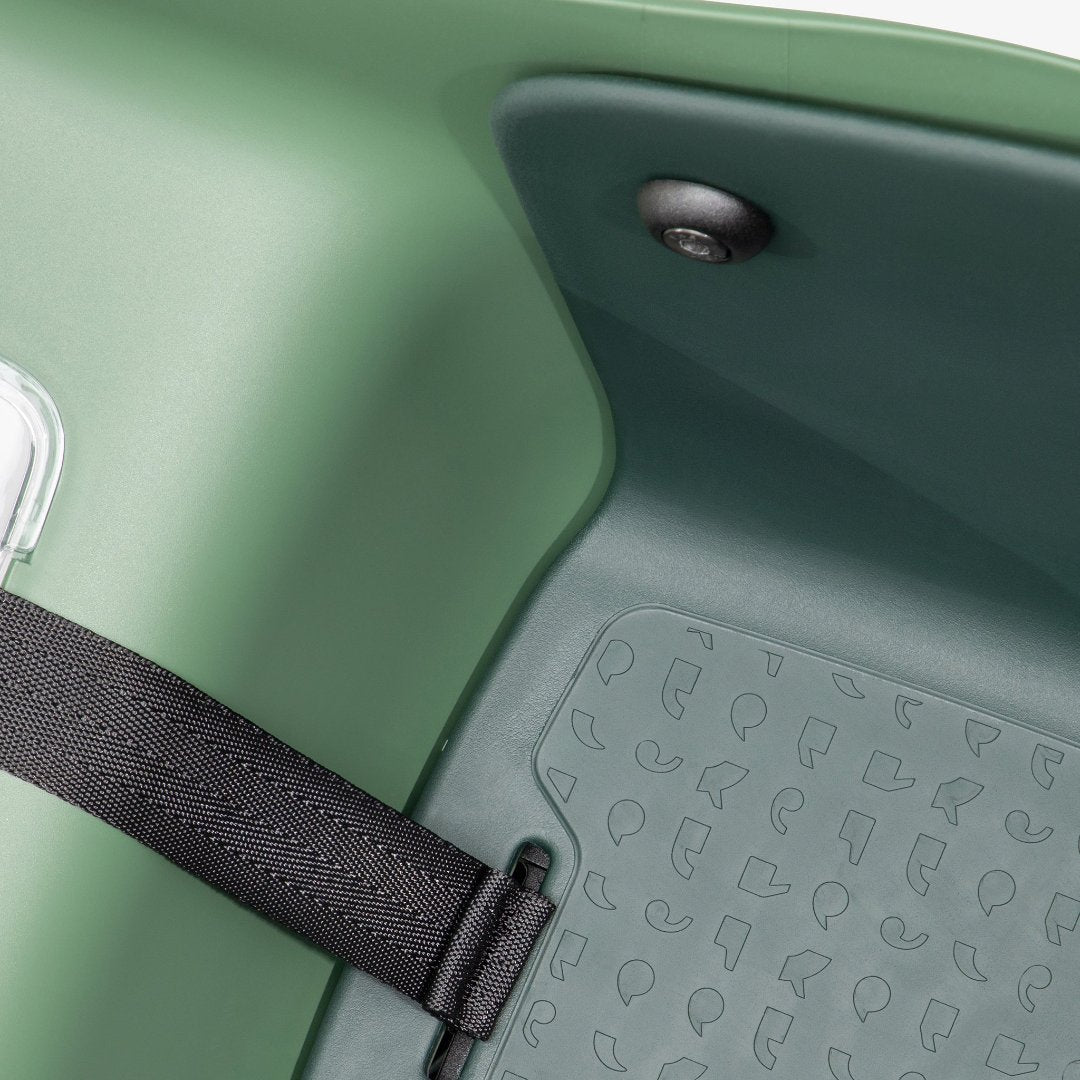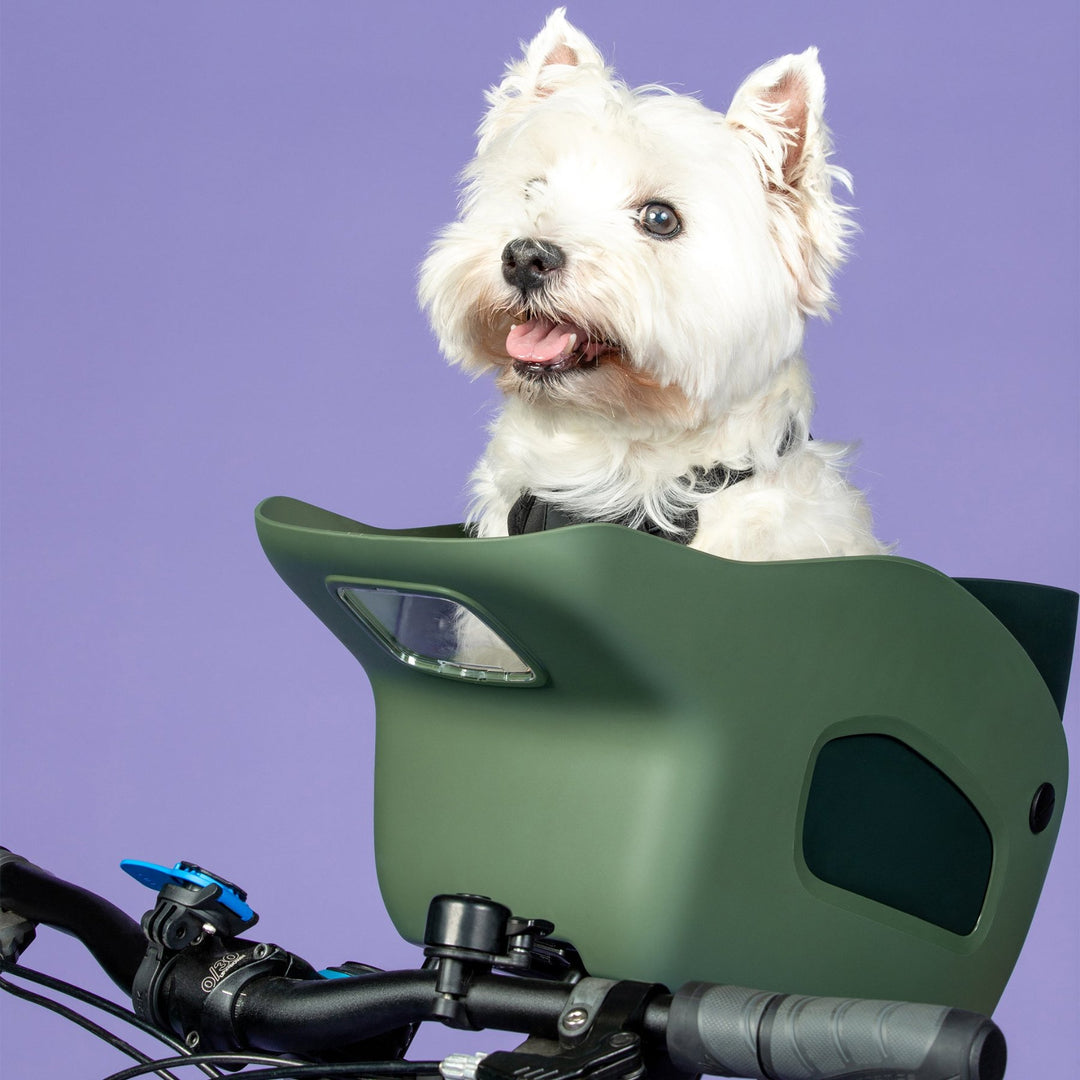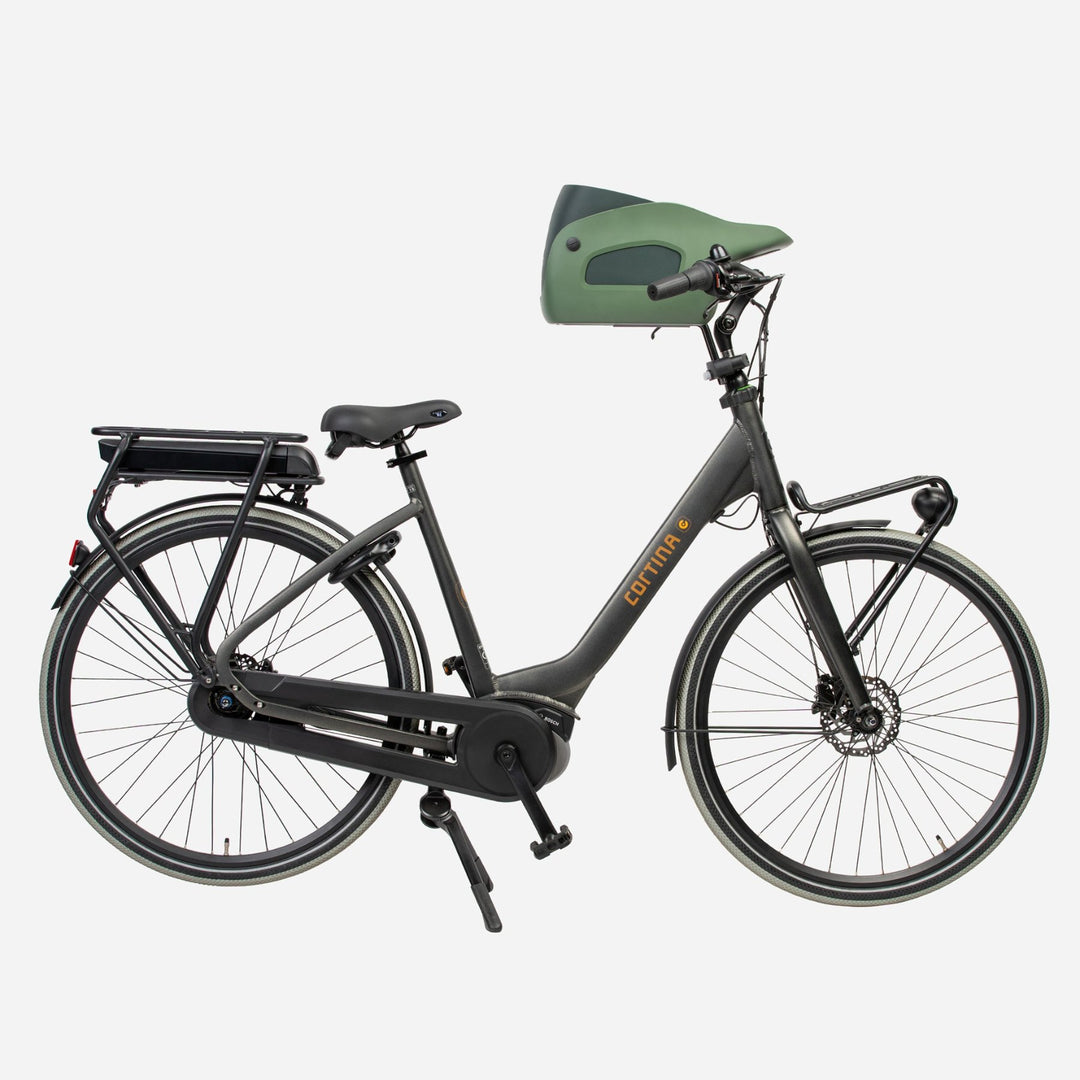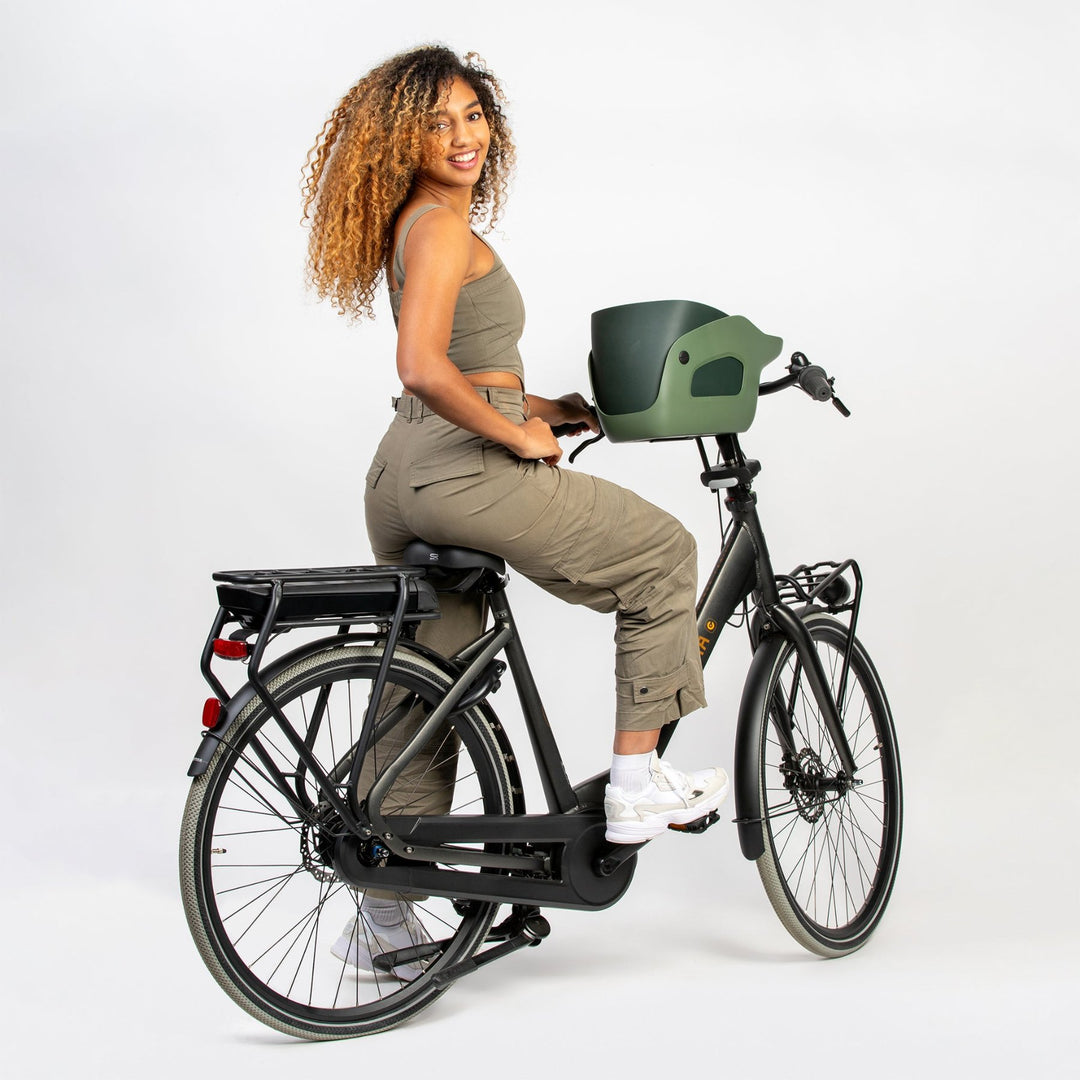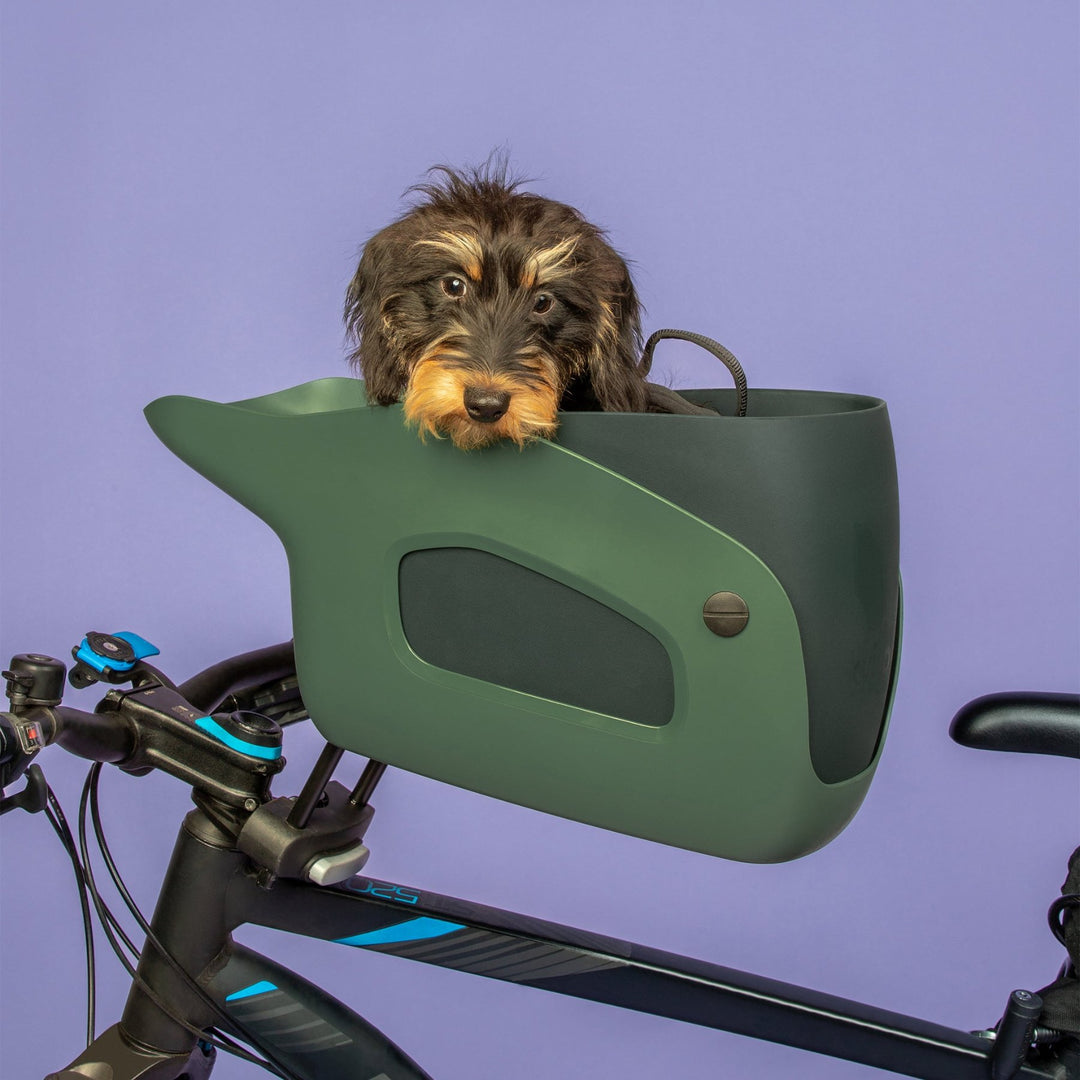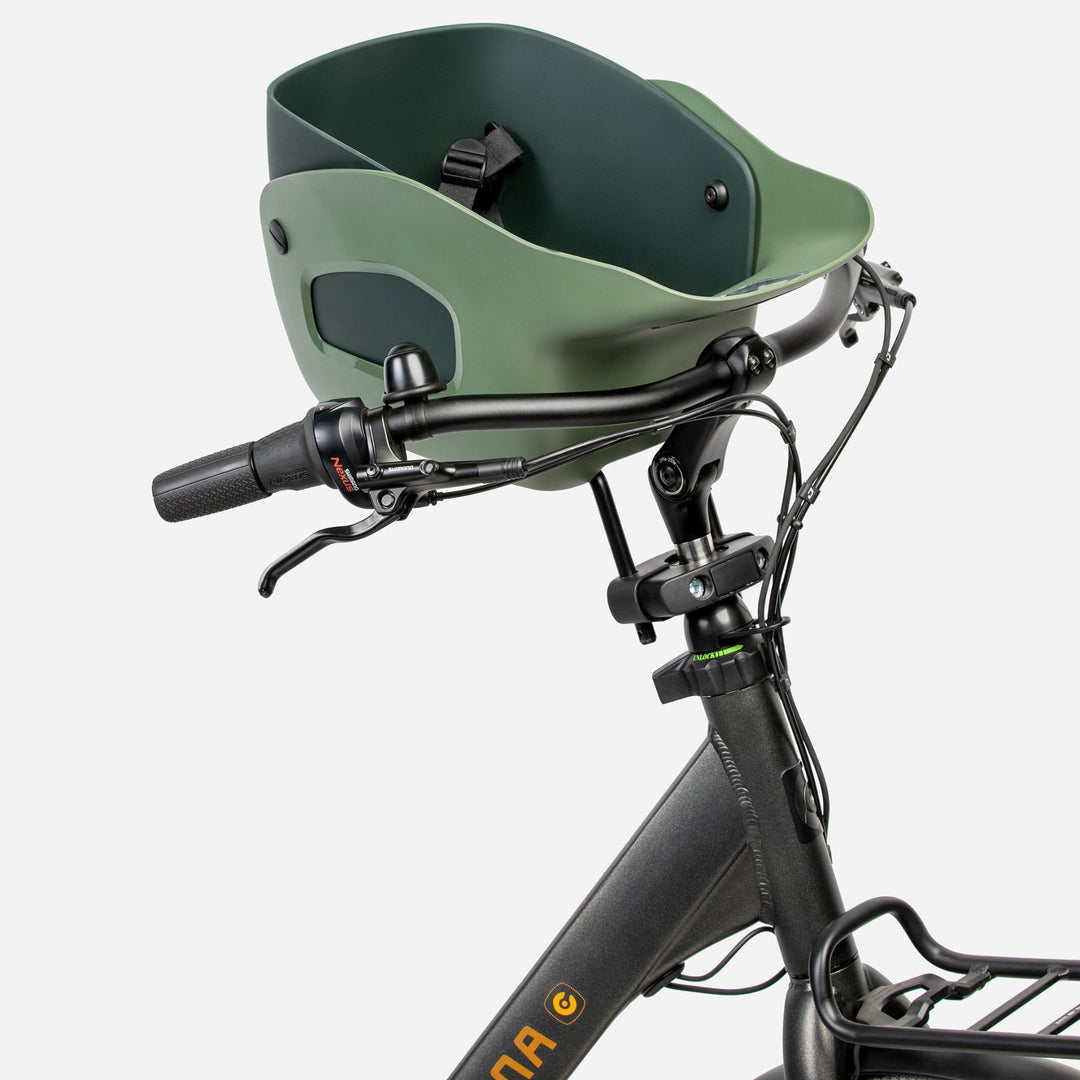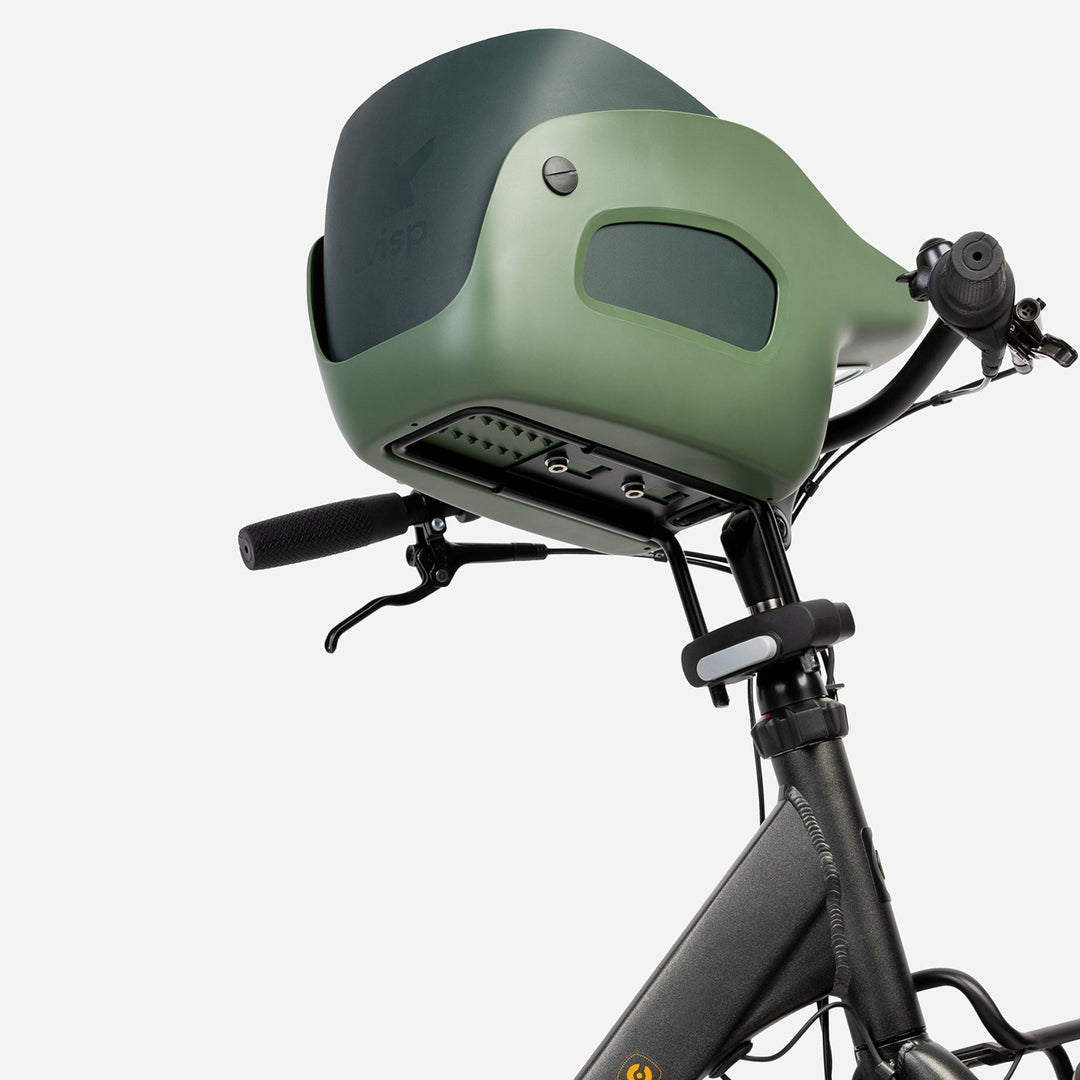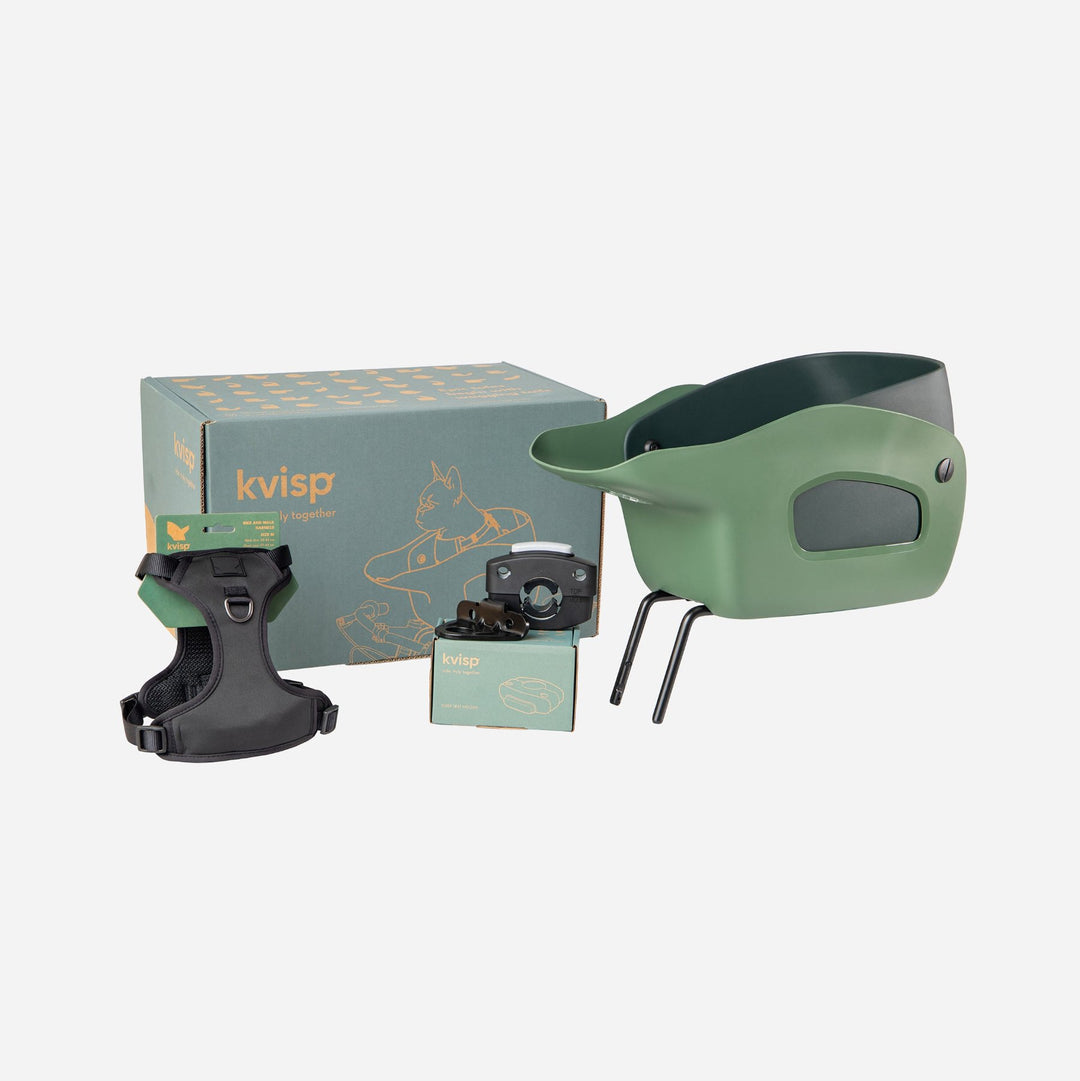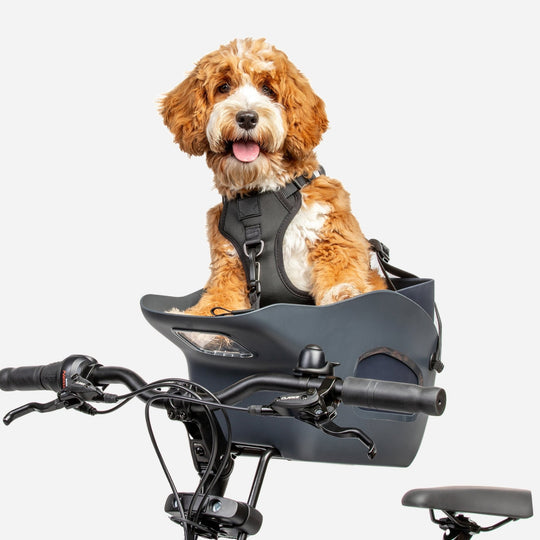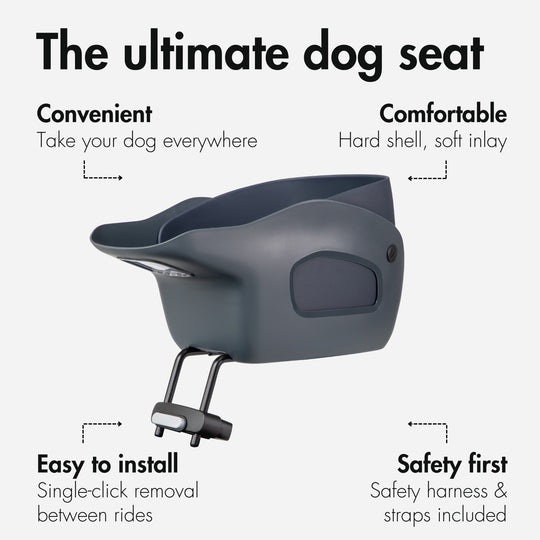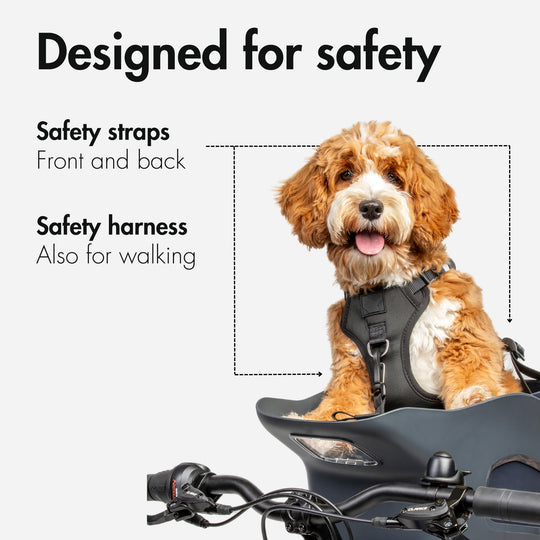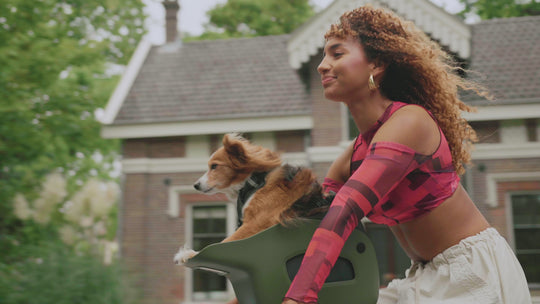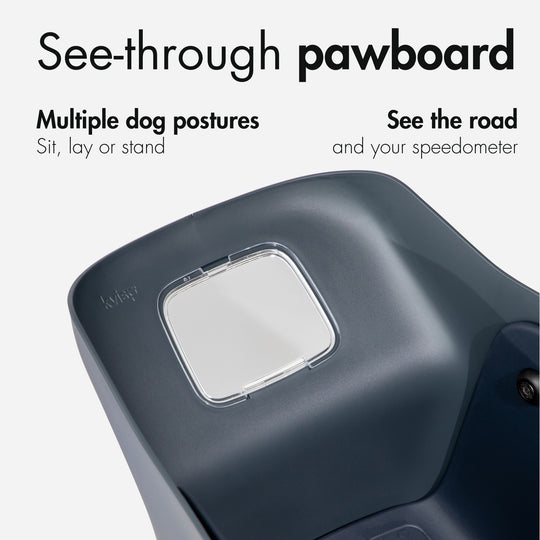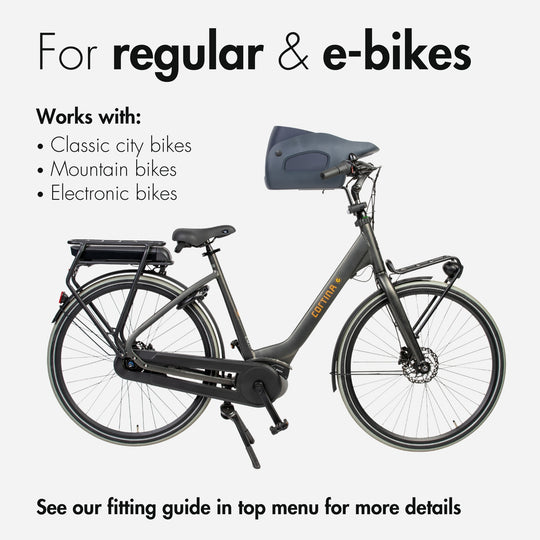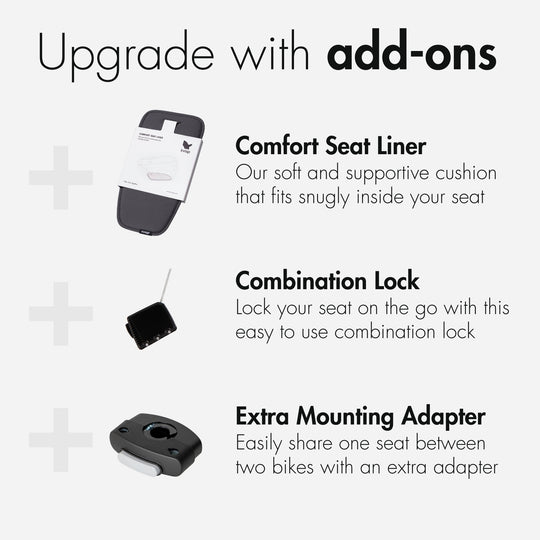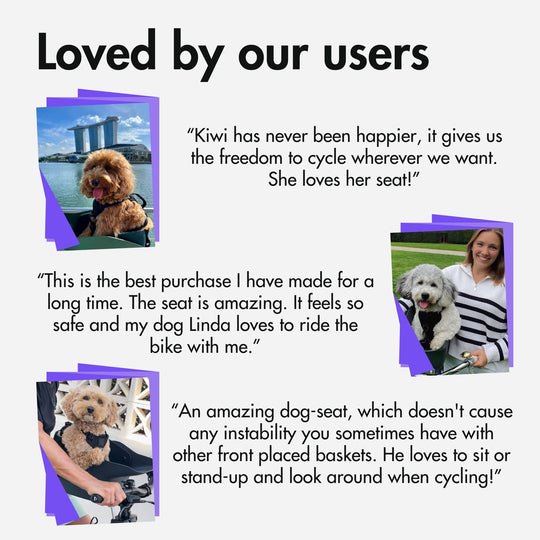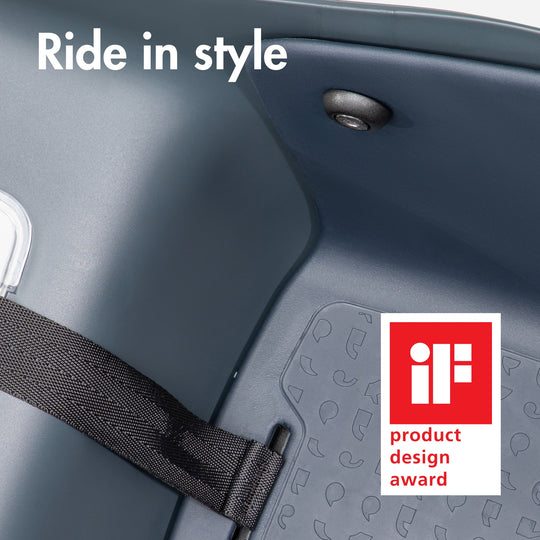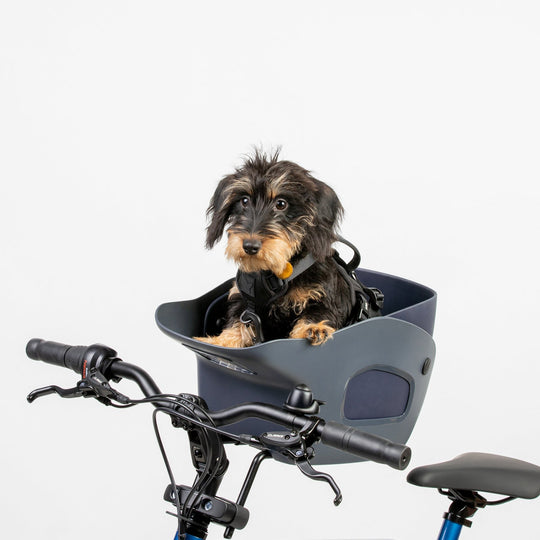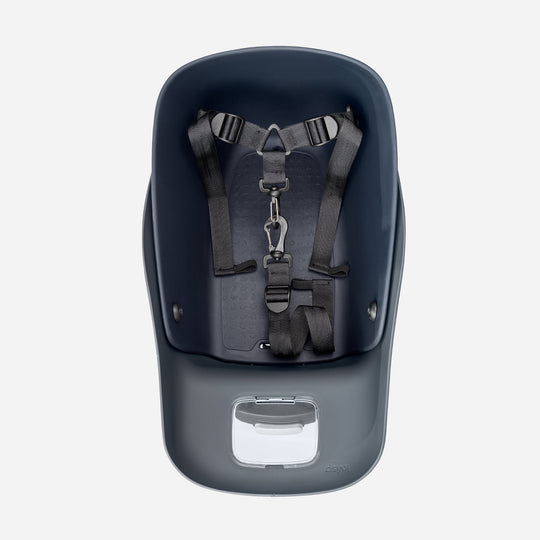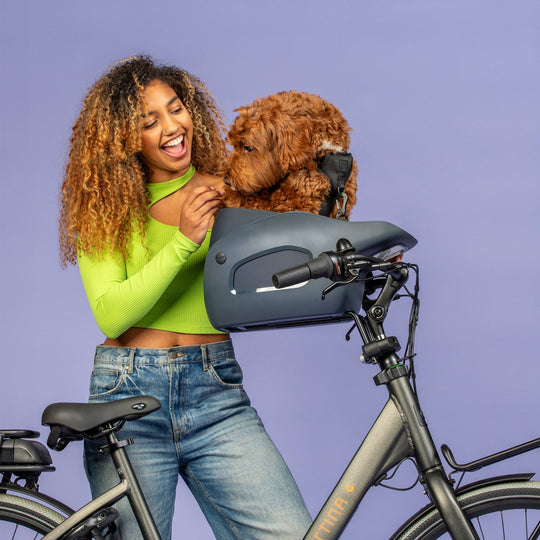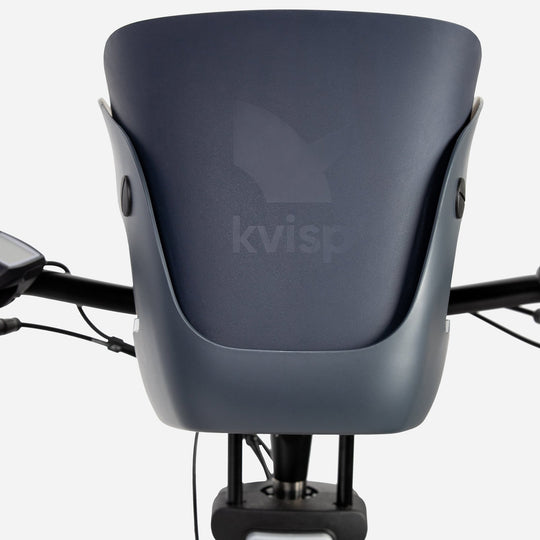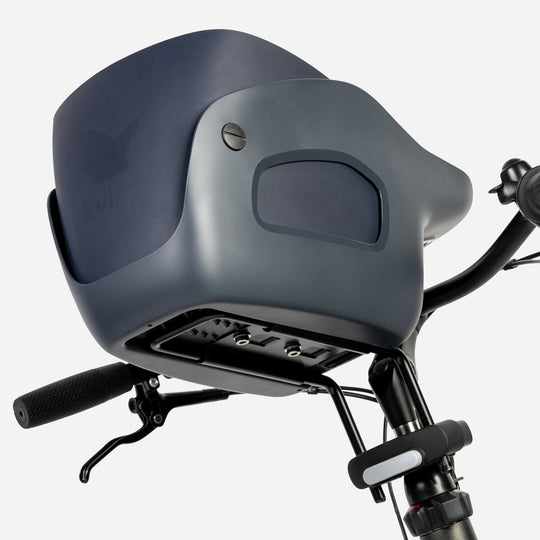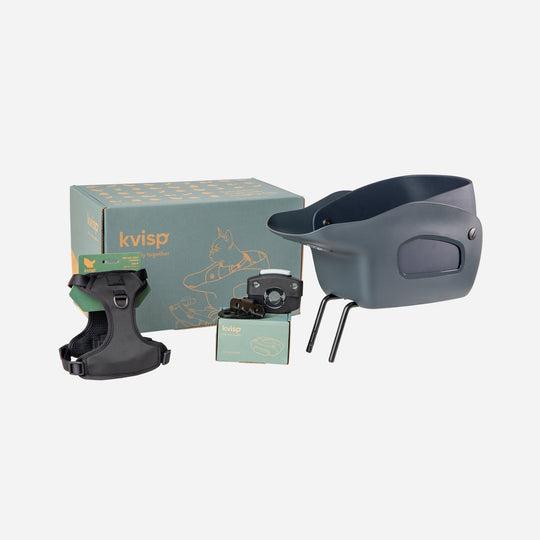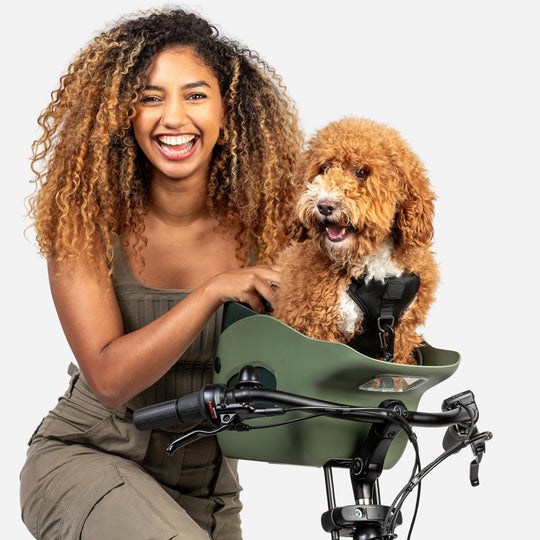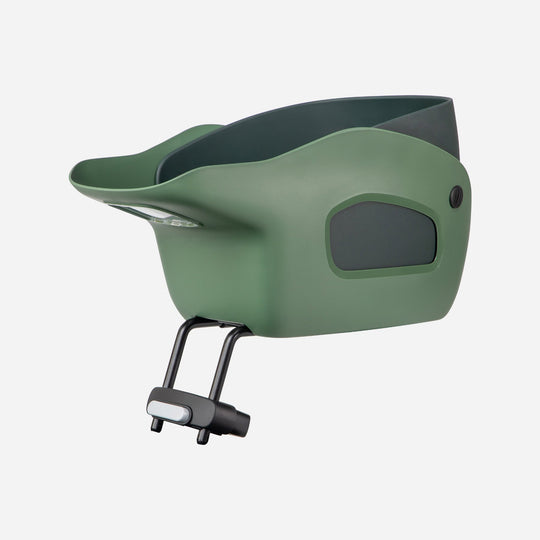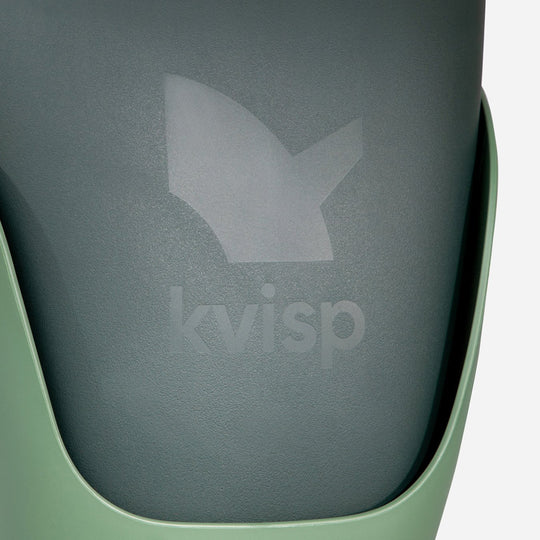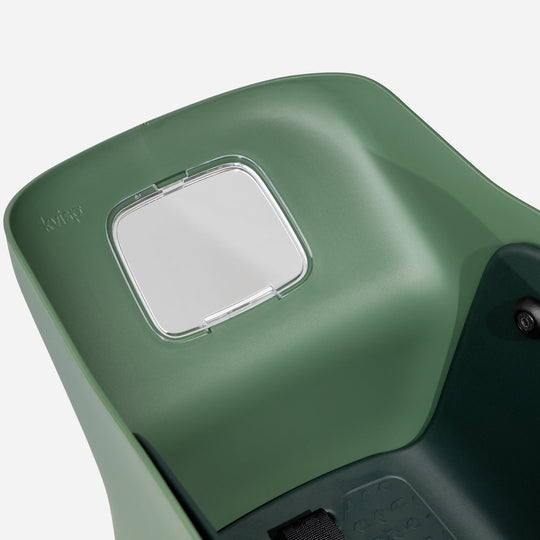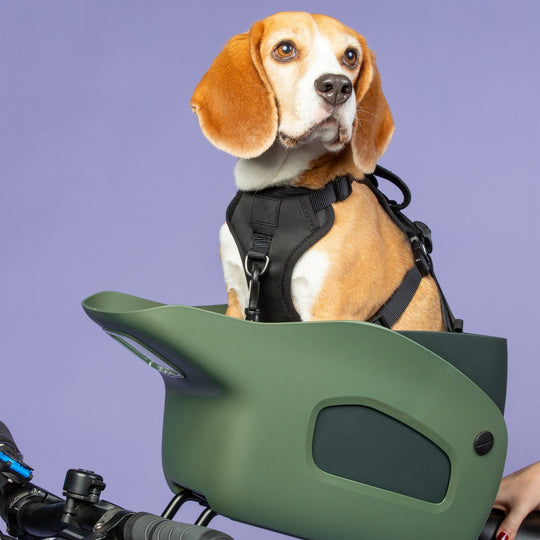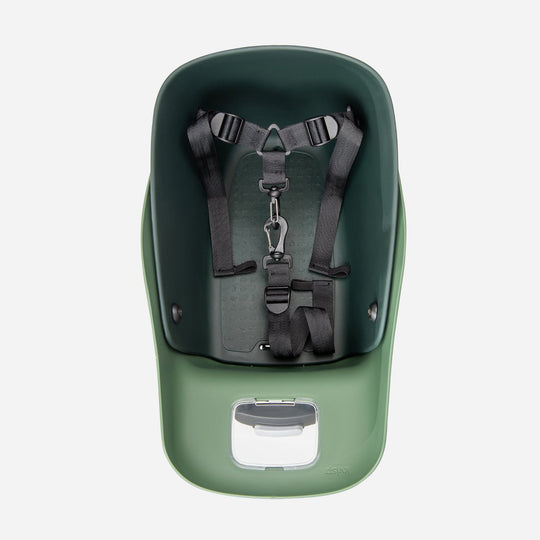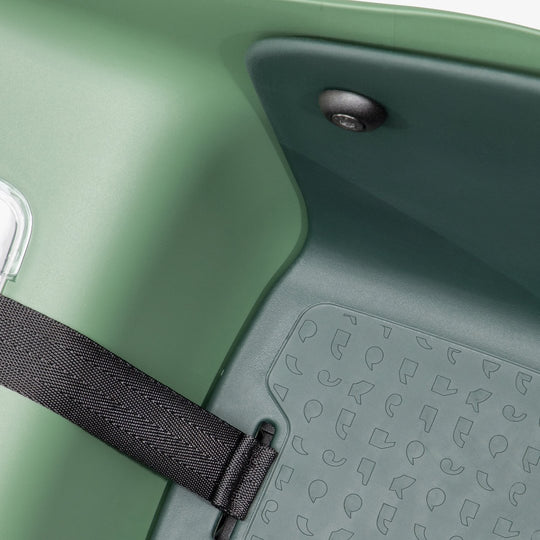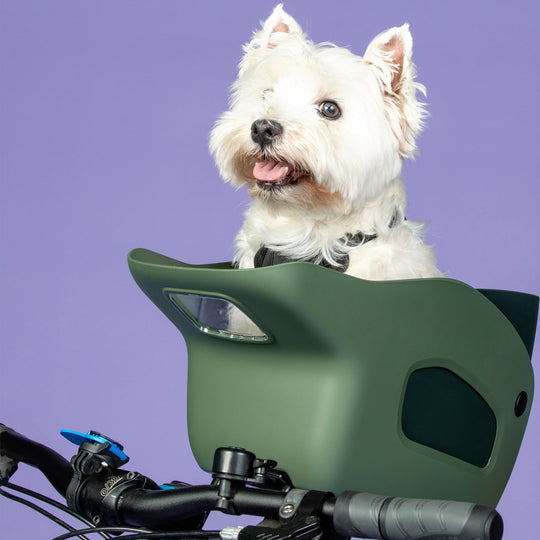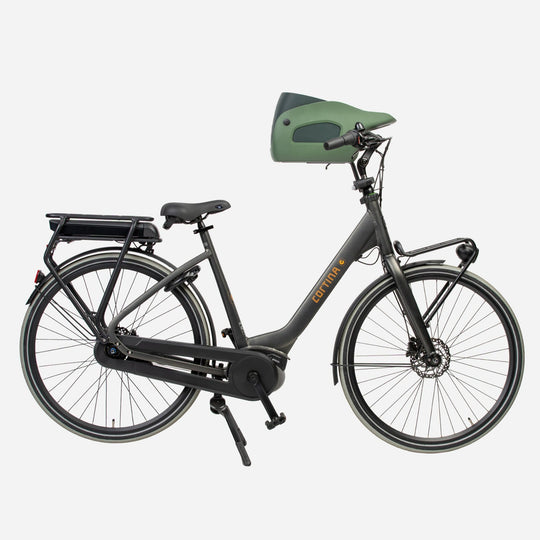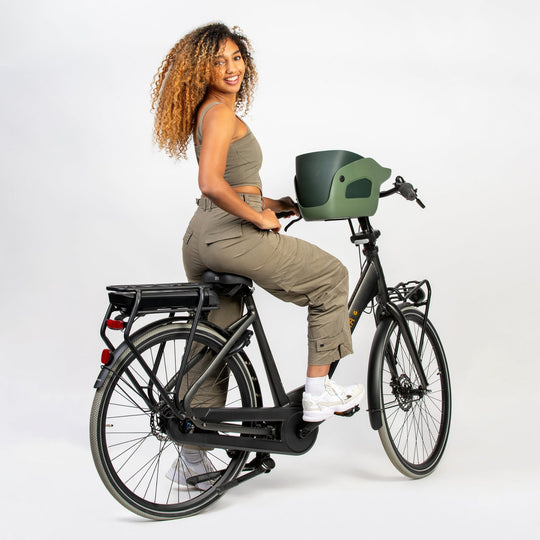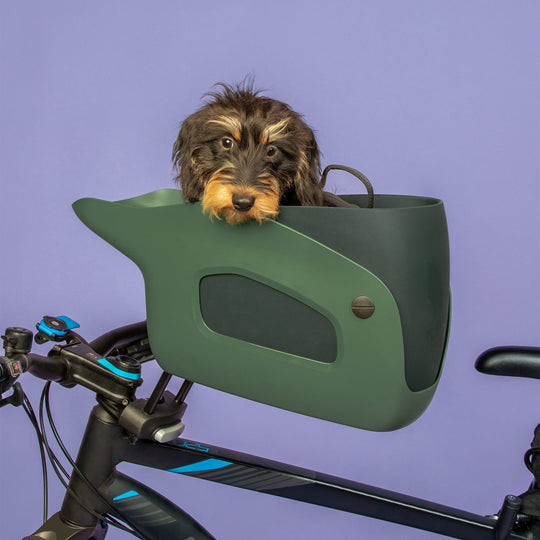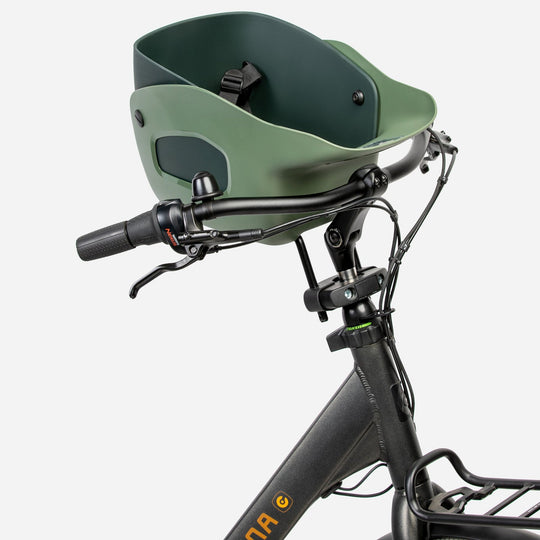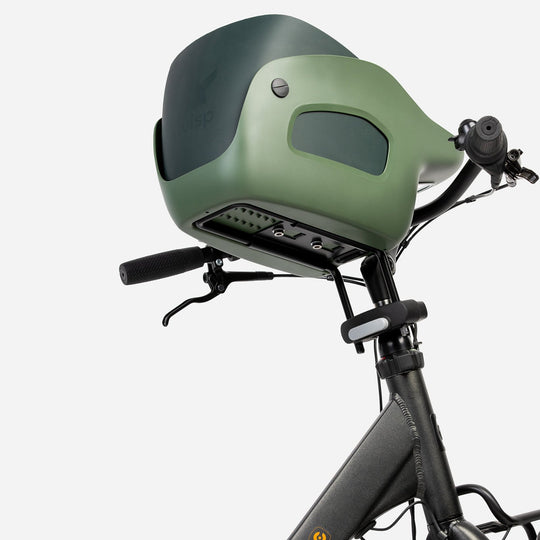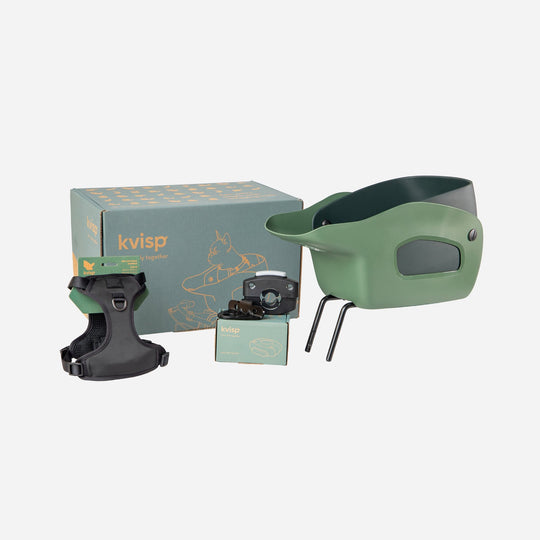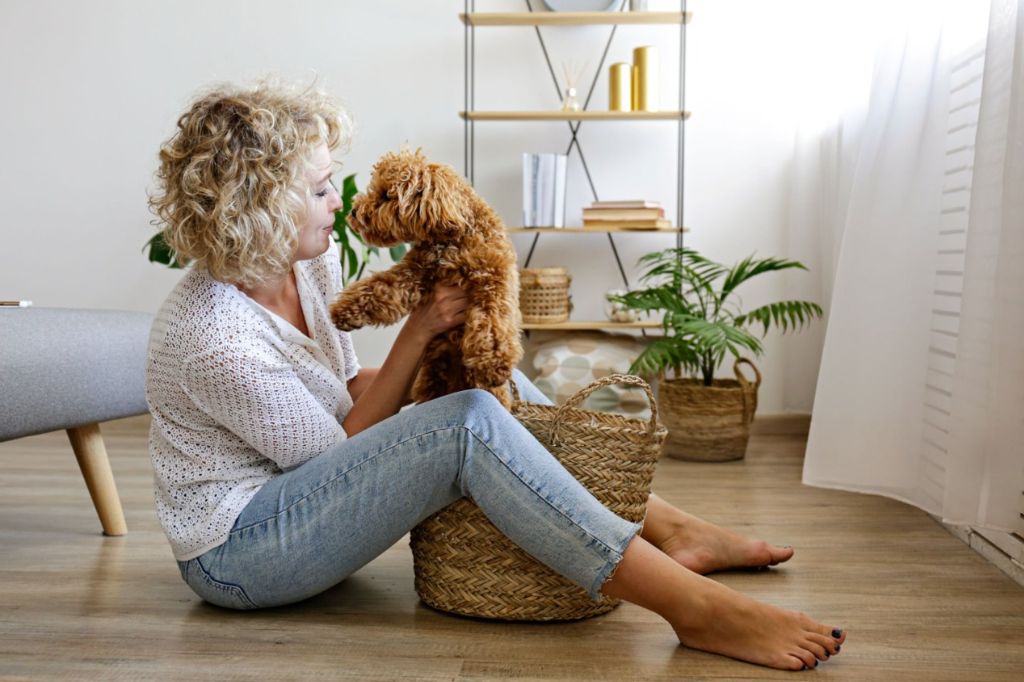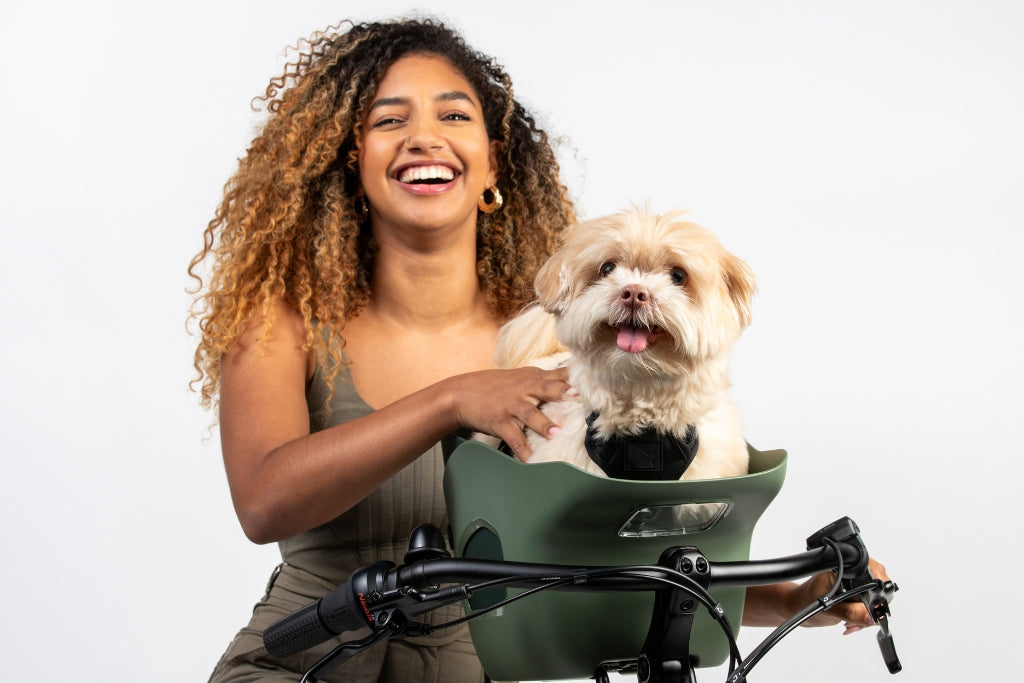Dog Carrier for Electric Bikes: What You Need to Know Before Buying
Combining Sustainability with Pet-Friendly Travel
If you’re anything like me, you probably hate the idea of leaving your furry friend behind while you head out on a bike ride. But here’s the thing—riding an electric bike with a dog can be a game-changer! Not only does it allow you to bring your pup along for the adventure, but it also means fewer car rides and a more eco-friendly way to get around. Swapping short car trips for bike rides with a dog carrier for electric bike helps reduce emissions, keeps your dog engaged, and lets you enjoy quality time together while exploring the outdoors.
That said, not all carriers are built for the speed and handling of e-bikes, so you’ll need to choose carefully. The last thing you want is an unstable carrier that makes your ride wobbly or puts your dog at risk. From safety features to comfort considerations, there are a few key factors to keep in mind before making your purchase. Let’s dive in and find out what makes a great dog carrier for electric bike and how you can ensure a smooth and enjoyable ride for both you and your pup!

Understanding the Unique Needs of Dogs on Electric Bikes
Electric bikes aren’t just regular bicycles with a battery—they handle differently, accelerate faster, and require more control. That means choosing a dog carrier for an e-bike isn’t the same as picking one for a standard bicycle. Your dog’s experience will change too! The added speed and weight of an electric bike can make the ride feel different, and some dogs might need time to adjust. If your pup is anxious or new to bike rides, a gradual introduction to the carrier is key. Start with short, stationary sessions, then work your way up to slow rides before going full-speed on your e-bike.
Another major factor is your dog’s personality and size. Some dogs love sticking their head out and feeling the wind, while others prefer a more enclosed space for security. If your dog is easily startled, consider a carrier with higher sides or a cover. For energetic, adventurous dogs, a well-ventilated, front-mounted option might be the way to go. Keeping your pup’s needs in mind will help ensure a fun and safe experience every time you hit the road!
Safety First: What to Look for in a Secure Carrier
When it comes to biking with your dog, safety should always be the top priority. A well-designed dog carrier for electric bike should have secure attachment points that prevent wobbling or tipping, especially when making turns or braking. Look for models with a sturdy base, reinforced sides, and interior harness clips to keep your pup from jumping out mid-ride. The last thing you want is a sudden jolt sending your dog off balance!
Another crucial safety factor is weight distribution. E-bikes are heavier than traditional bicycles, and adding a dog carrier shifts the center of gravity. If you choose a front-mounted carrier, make sure it doesn’t obstruct your view or make steering awkward. Rear-mounted carriers can be more stable for larger dogs, but they also change how the bike handles. Test the setup with weight before putting your dog inside to ensure a smooth and controlled ride.
Front vs. Rear-Mounted Carriers: Pros and Cons
Choosing between a front-mounted and a rear-mounted dog carrier for an electric bike depends on your dog’s size, temperament, and your own riding style. Front-mounted carriers are great for smaller dogs who love to keep an eye on the road (and you!). Having your pup right in front of you makes interaction easier, and it can be reassuring for nervous dogs who like staying close. However, front carriers can affect handling, especially on e-bikes that already have a heavier front due to the battery placement.
Rear-mounted carriers, on the other hand, provide more space and are better suited for medium-sized dogs. Since they distribute weight more evenly across the bike’s frame, they often feel more stable, particularly at higher speeds. The downside? You won’t be able to see your dog as easily, which can make it tricky to check on them during the ride. If you go with a rear-mounted option, consider one with a secure enclosure to prevent jumping and ensure your dog stays safe and comfortable.
Choosing the Right Size and Weight Capacity
Size matters when it comes to dog carriers! A carrier that’s too small will make your dog uncomfortable, while one that’s too large can be unstable and unsafe. The best way to ensure a good fit is to measure your dog while they’re in a natural sitting position. Make sure there’s enough room for them to sit, turn, and lie down comfortably. Check the carrier’s weight capacity too—exceeding it can put stress on your bike and make riding unsafe.
E-bikes have their own weight limits, so factor in the combined weight of your dog, the carrier, and any other gear you’re bringing. Overloading your bike can strain the motor and make handling more difficult, especially when navigating hills or turns. If you’re unsure, go for a lightweight carrier with a solid frame that can support your dog without adding too much bulk to your ride.
Material and Build Quality: Durability Matters
Not all dog carriers are built the same! When looking for a dog carrier for electric bikes, opt for materials that can withstand weather changes, frequent use, and occasional bumps on the road. A well-ventilated design with breathable mesh is great for warm days, while a water-resistant or insulated carrier is a must if you plan to ride in different weather conditions.
Sturdiness is just as important. Cheap plastic carriers might crack under stress, and flimsy fabric ones may not hold up to repeated rides. Look for carriers with reinforced stitching, durable zippers, and secure mounting brackets. A padded base will also help absorb vibrations, making the ride more comfortable for your pup.
Installation and Compatibility with Your E-Bike
Before you get excited about a particular dog carrier, make sure it’s actually compatible with your e-bike! Not all carriers fit all models, so check the mounting system carefully. Some e-bikes have unique frame designs or battery placements that can interfere with carrier attachments. If you’re unsure, reach out to the manufacturer or look for a universal-fit option.
The installation for the dog bike carrier should be secure yet simple. A good carrier should attach firmly to your bike without excessive wobbling. If assembly requires extra tools, ensure you have what’s needed to set it up properly. The last thing you want is a loose carrier that shifts mid-ride, making handling unpredictable and unsafe.
Comfort Considerations: Keeping Your Dog Happy on the Ride
Your dog’s comfort is just as important as their safety. A well-cushioned carrier with a non-slip base helps keep them stable and relaxed throughout the ride. Ventilation is key—look for designs with breathable mesh panels or openings that allow airflow without making your pup feel exposed.
If your dog is new to riding in a carrier, start with short, slow rides to let them adjust. Pay attention to their body language: are they relaxed, or do they seem anxious? Bringing along a favorite blanket or toy can help them feel more at ease. A comfortable dog is a happy passenger, and a happy passenger makes for a stress-free ride!

Legal and Safety Regulations You Should Know
Did you know some cities have specific rules about carrying pets on bicycles? Before hitting the road with your dog carrier, check local regulations to avoid fines or restrictions. Some areas require dogs to be restrained in a secured carrier, while others may have weight or road restrictions.
Safety guidelines also include wearing reflective gear, using proper signals, and staying on bike-friendly paths. If you’re riding at night or in low-light conditions, consider adding lights to both your bike and carrier to improve visibility. Staying compliant with safety laws keeps both you and your pup protected on every ride.
Best Practices for Riding with a Dog on an Electric Bike
Once you’ve chosen the perfect dog carrier for an electric bike, it’s time to hit the road—but not so fast! Riding with your dog requires a bit of practice to ensure both you and your pup are comfortable. Start by introducing them to the carrier in a familiar environment, like your home or backyard. Let them explore it, place some treats inside, and take short, slow rides before venturing onto busier streets or trails. Gradual exposure helps build their confidence and prevents anxiety during the ride.
Another key tip? Keep the journey smooth and predictable. Sudden stops, sharp turns, or high speeds can make the ride stressful for your dog. Stick to bike-friendly paths, maintain a steady pace, and be mindful of road conditions. If your dog shows signs of discomfort—whining, shifting nervously, or trying to escape—pause and assess what might be bothering them. Adjusting speed, adding extra padding, or taking more frequent breaks can make a world of difference in their comfort and enjoyment.
Making the Right Choice for You and Your Dog
Choosing the perfect dog carrier for your electric bike is about balancing safety, comfort, and practicality. Take your time to assess your dog’s needs, your bike’s compatibility, and the terrain you’ll be riding on. Investing in a high-quality carrier ensures that every ride is enjoyable and stress-free for both of you.
When you find the right setup, there’s nothing quite like the joy of cruising with your best friend by your side. So go ahead—explore new trails, run errands together, or simply enjoy the fresh air. Your pup will love the adventure just as much as you do!




